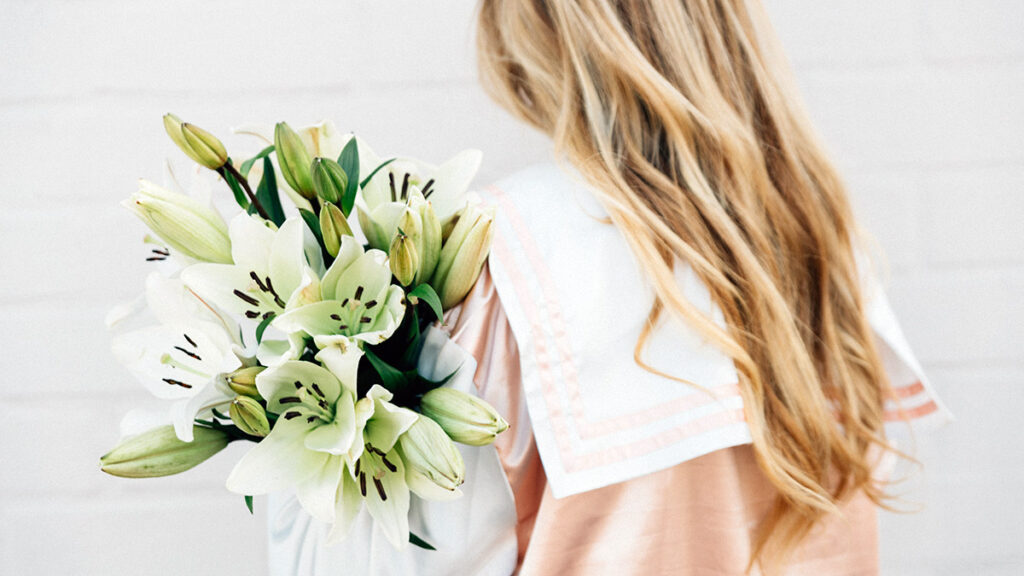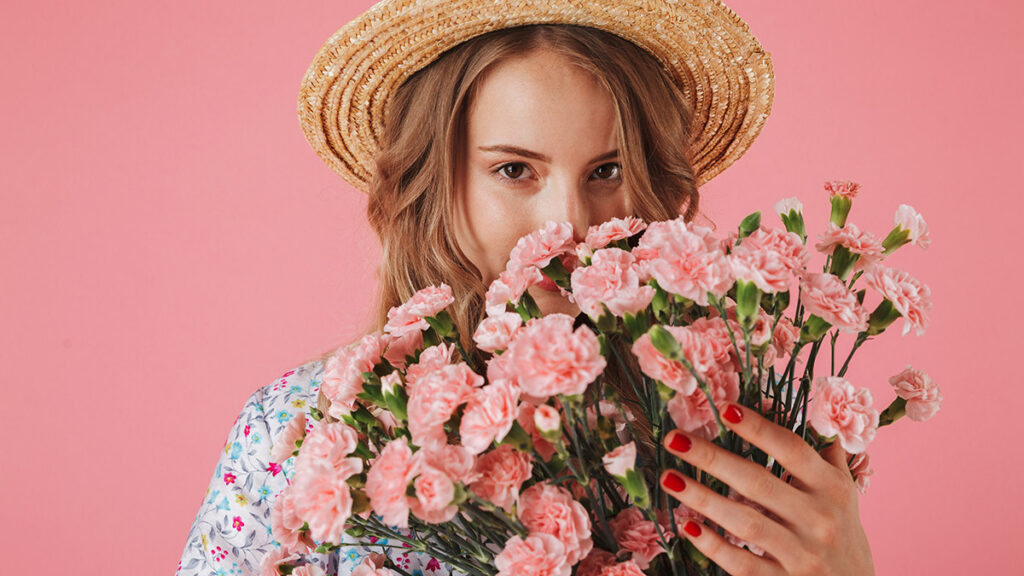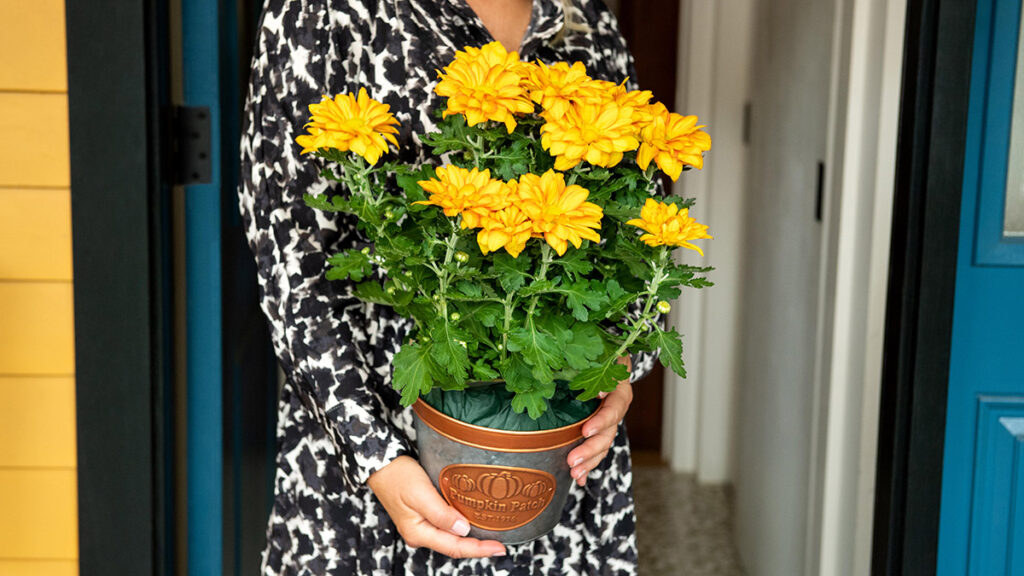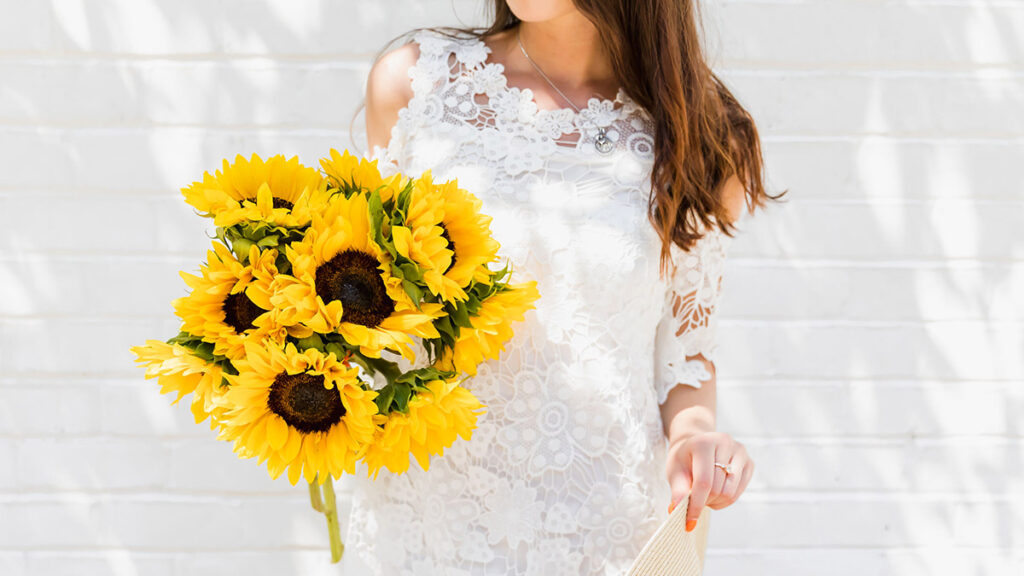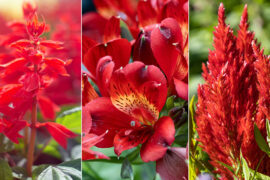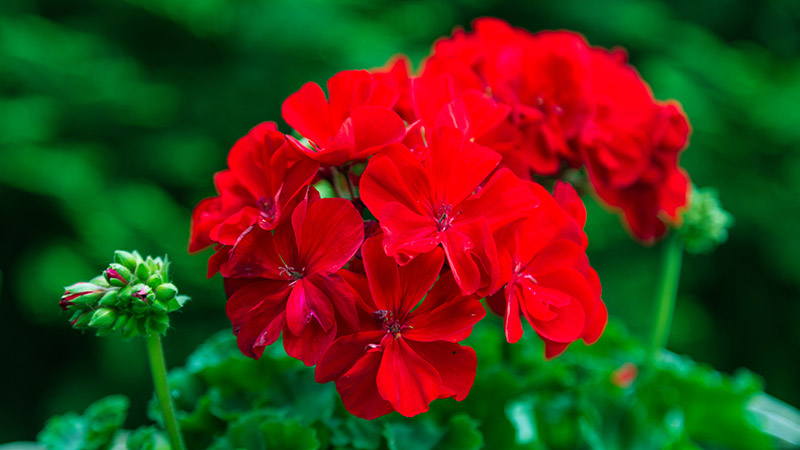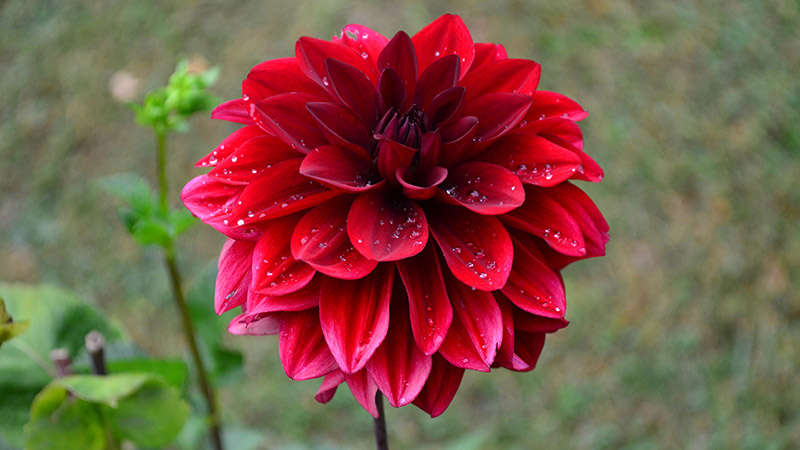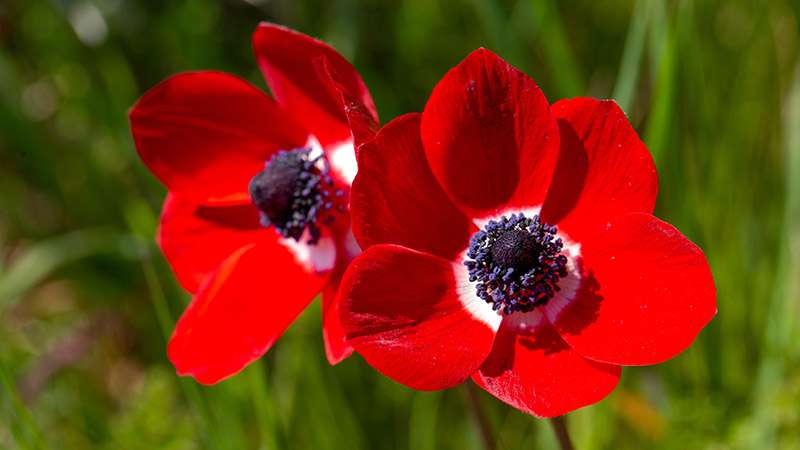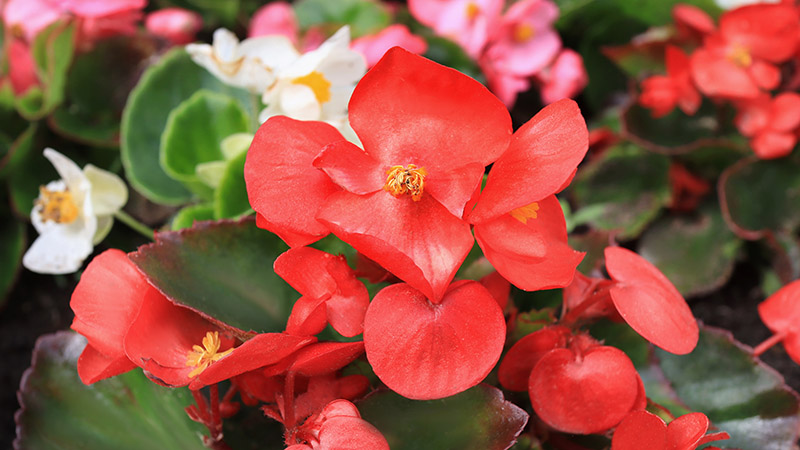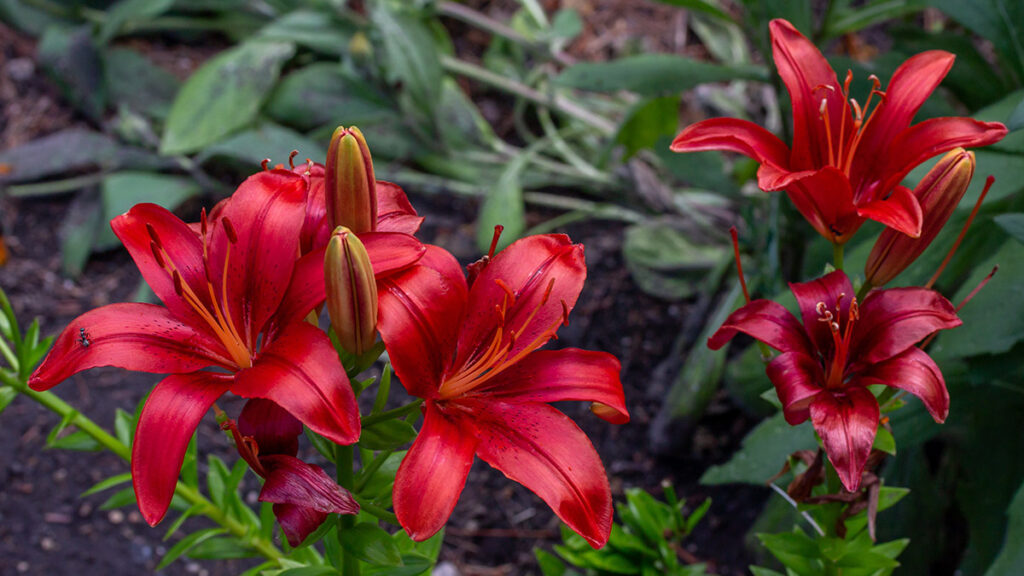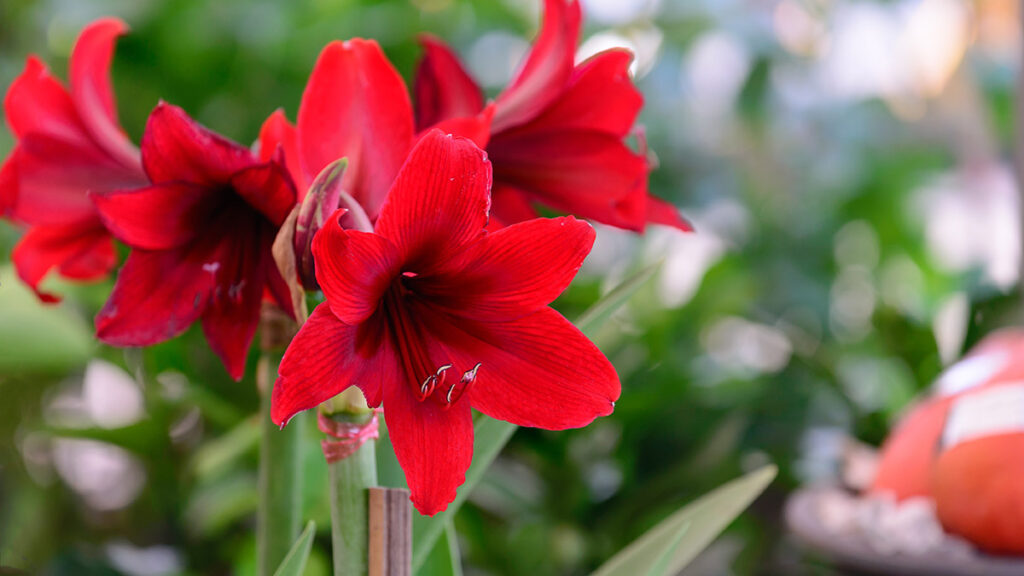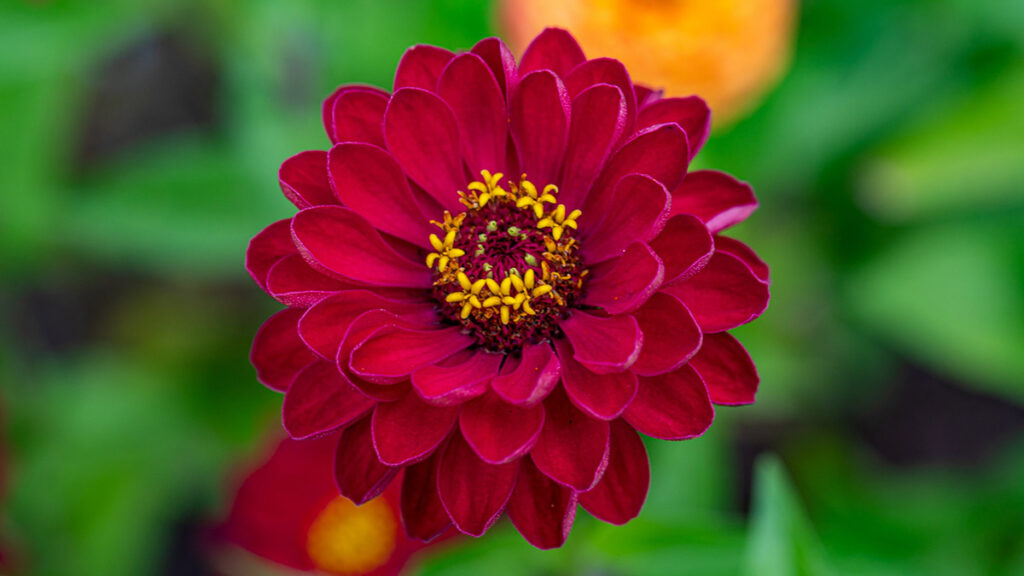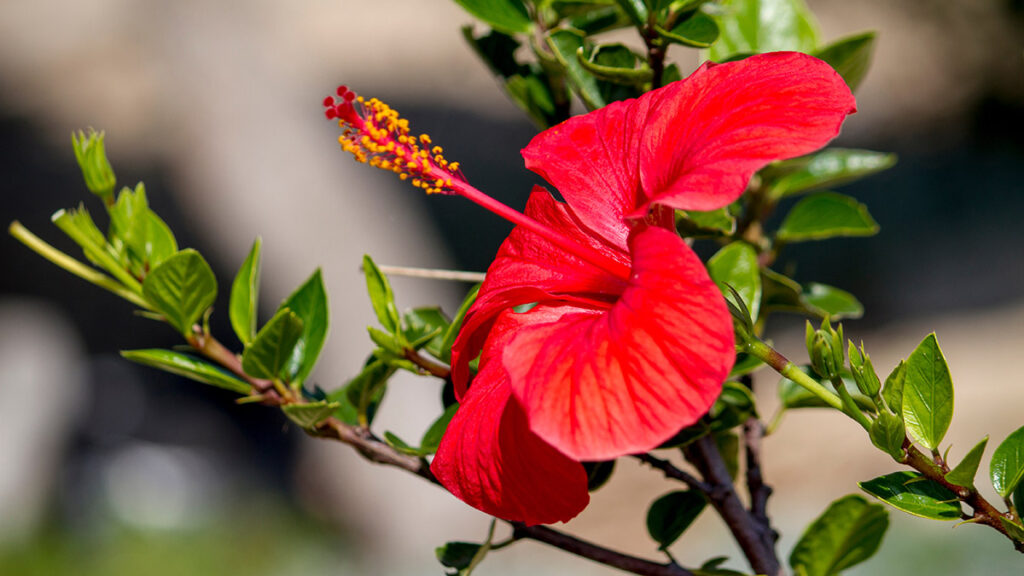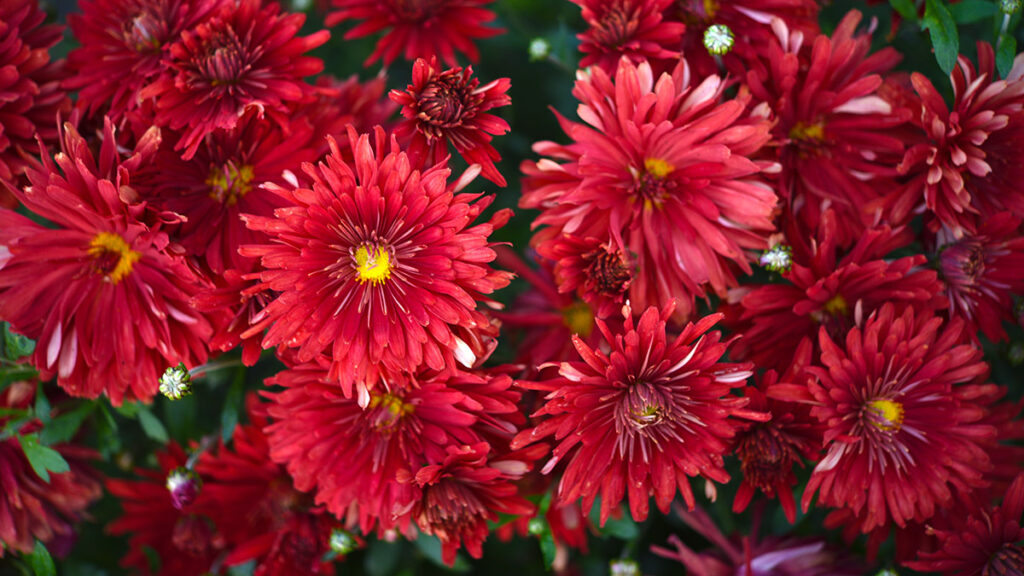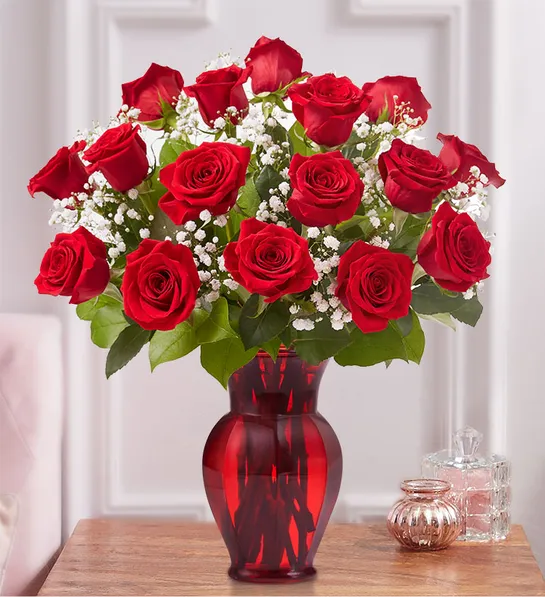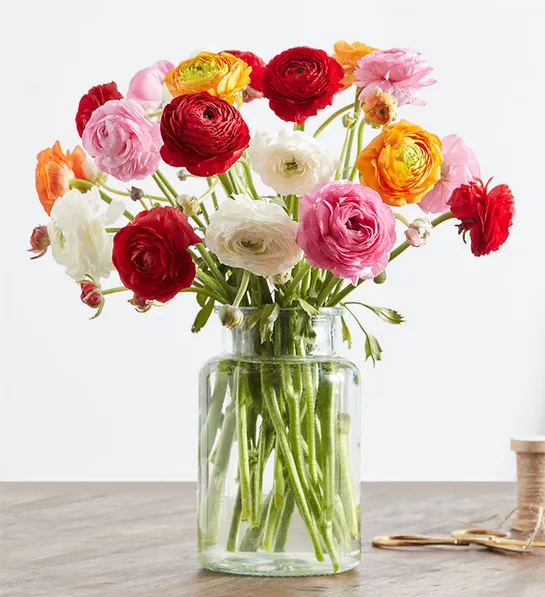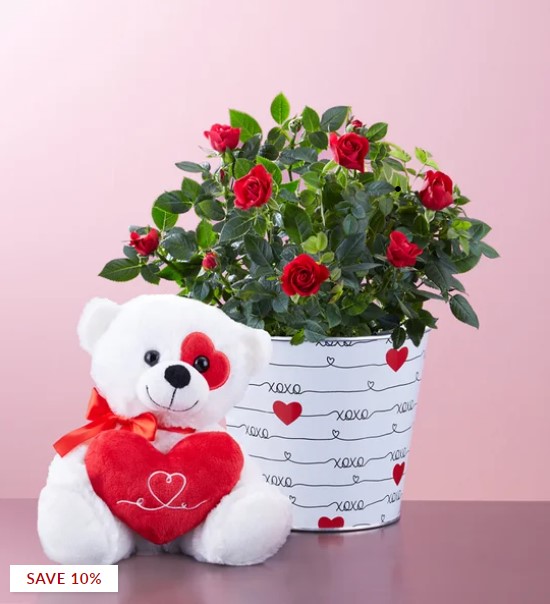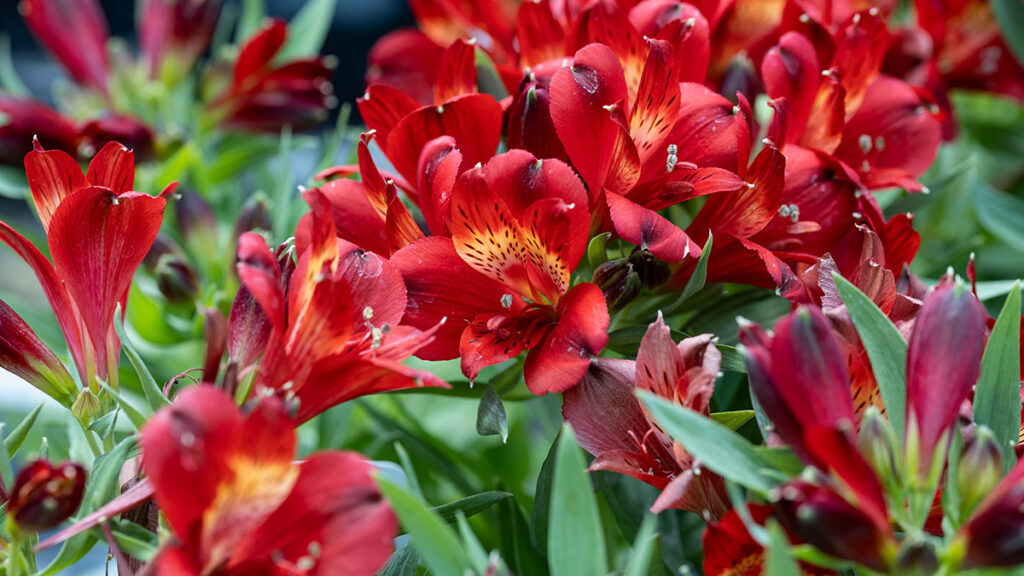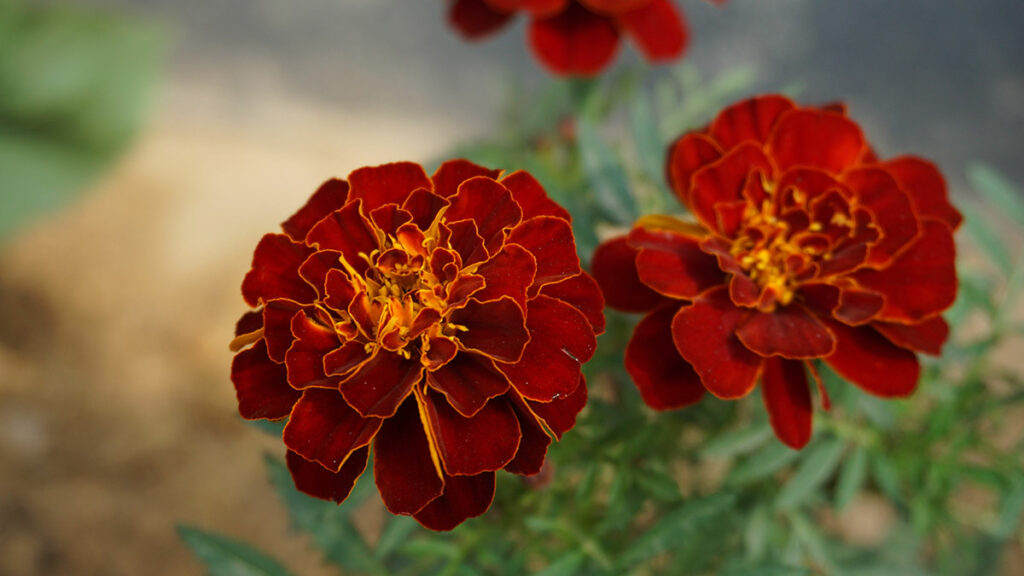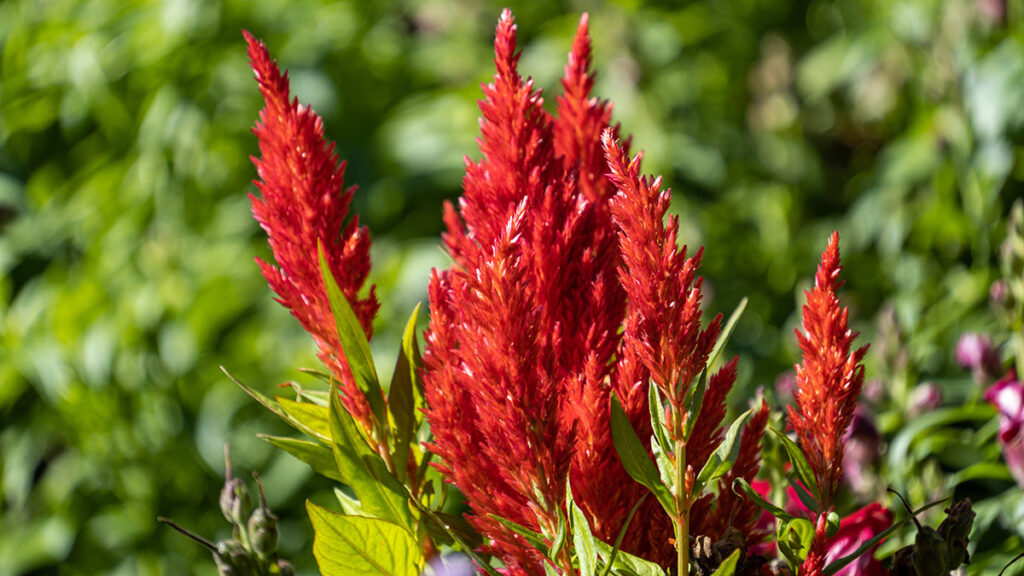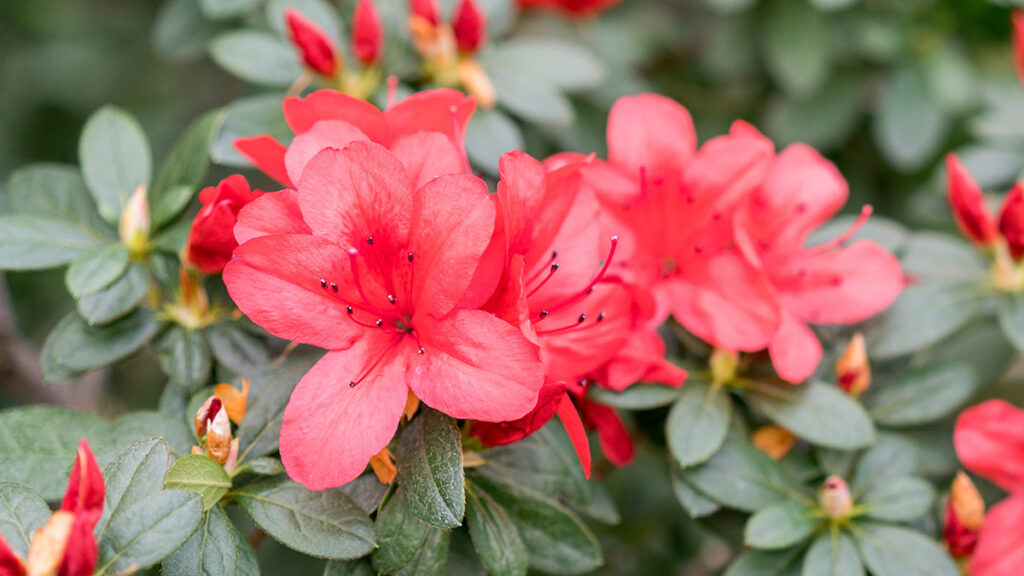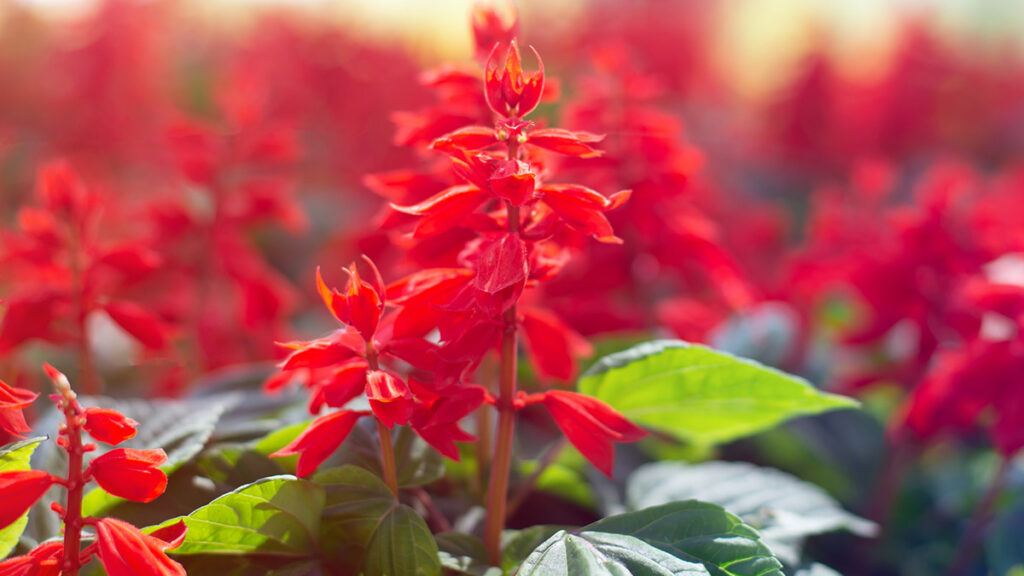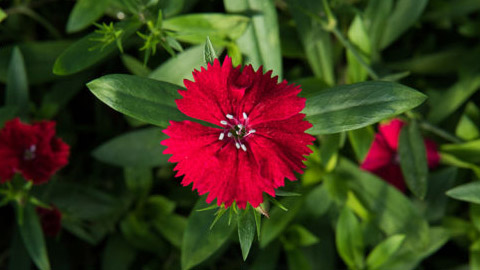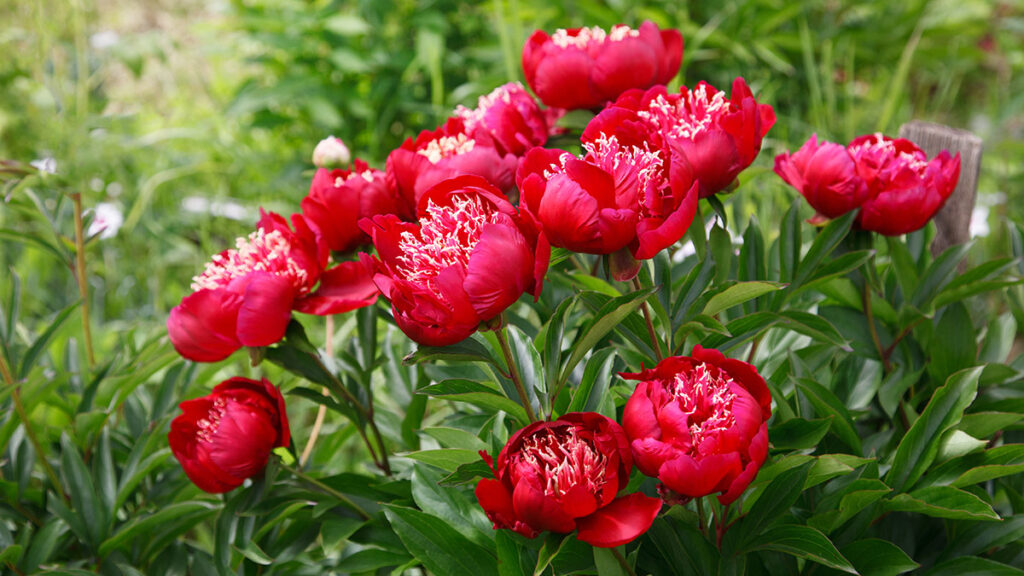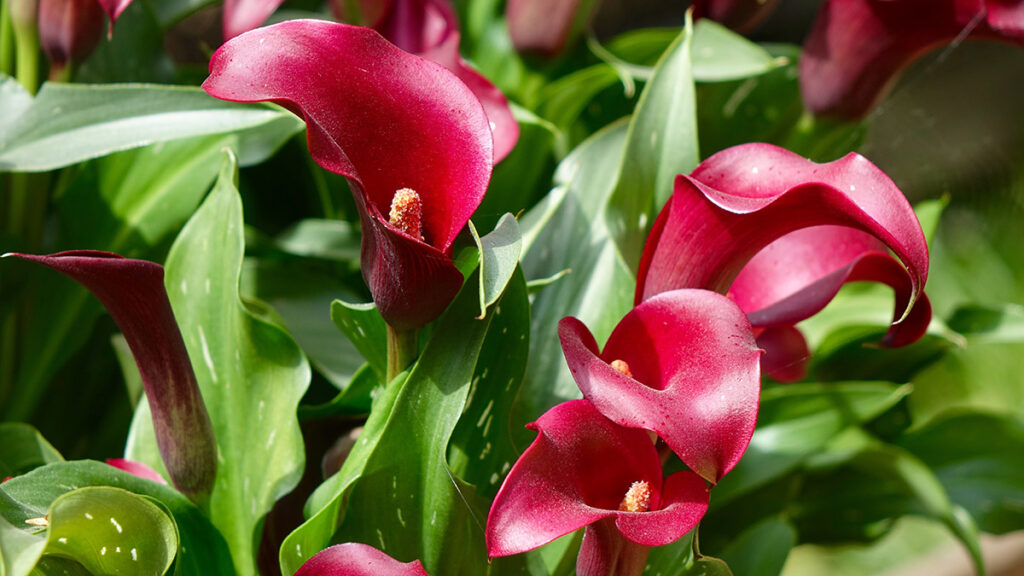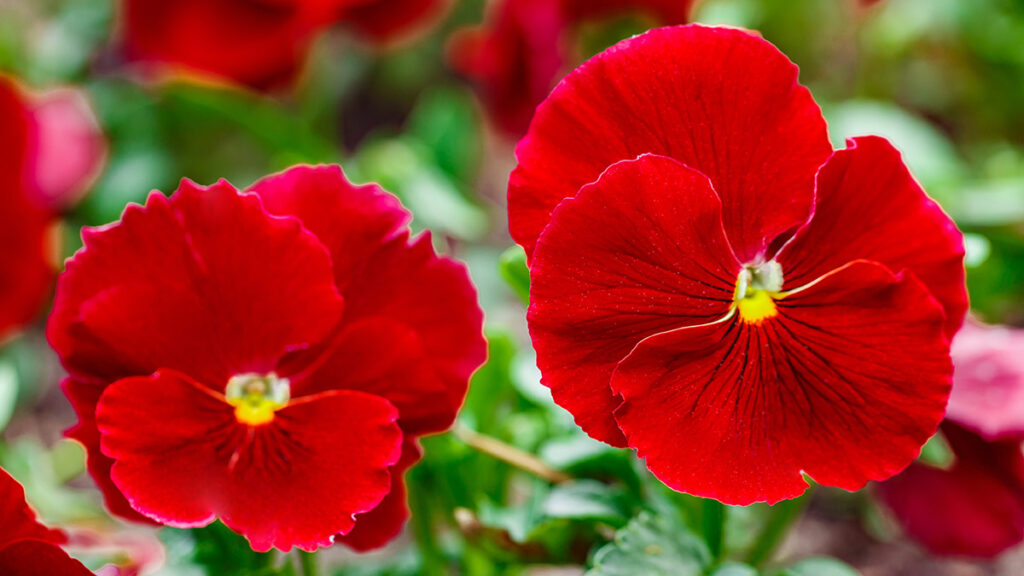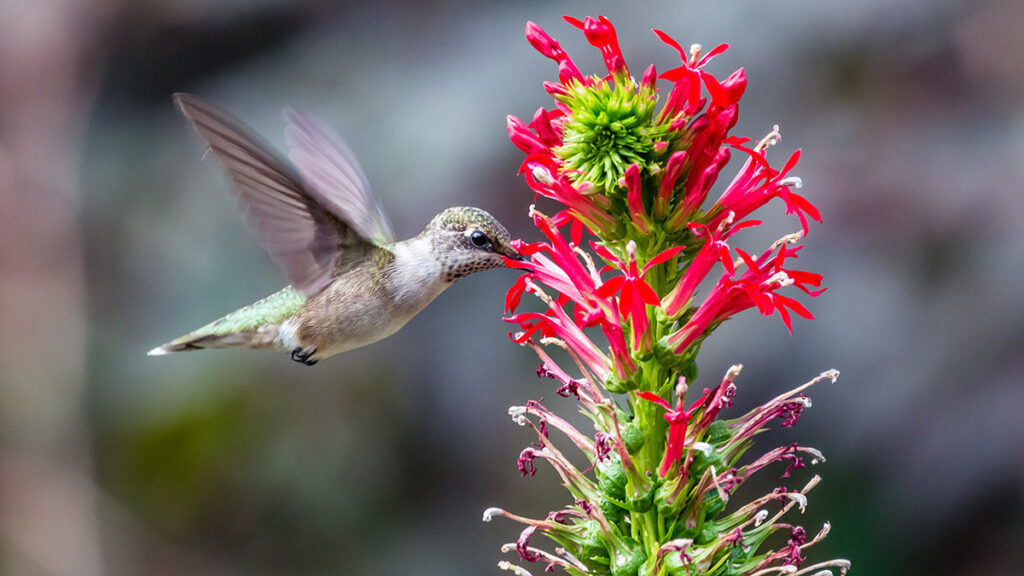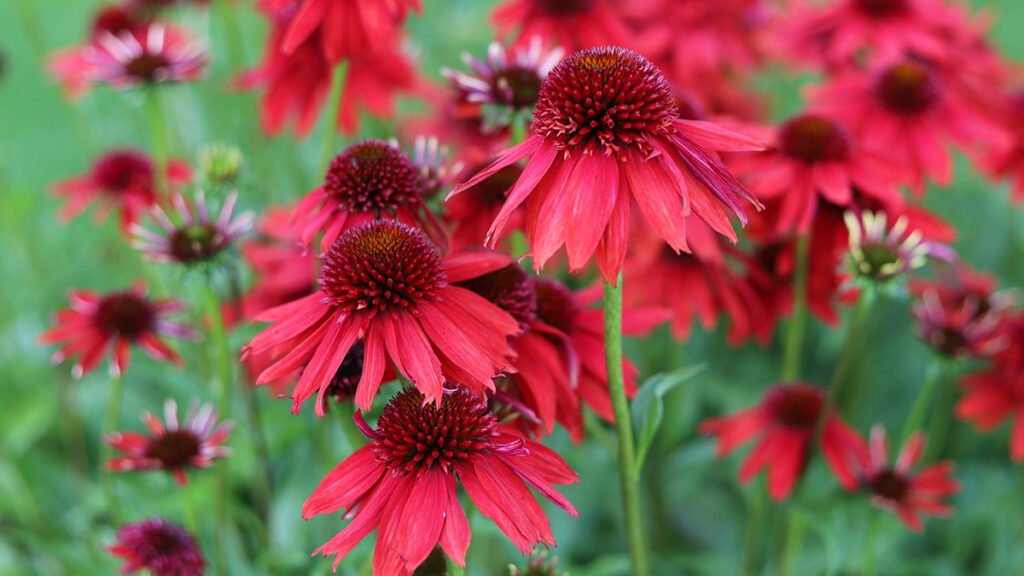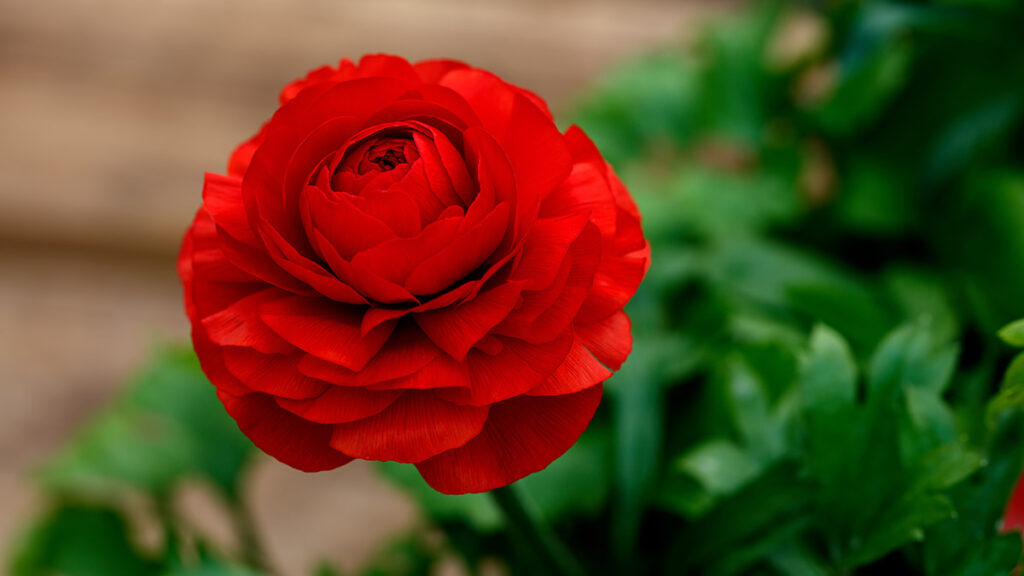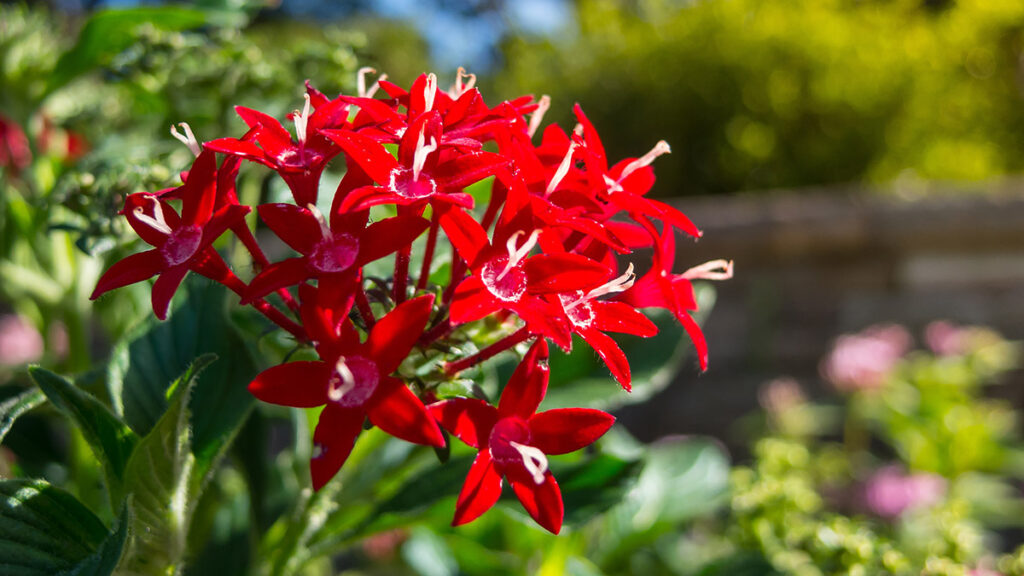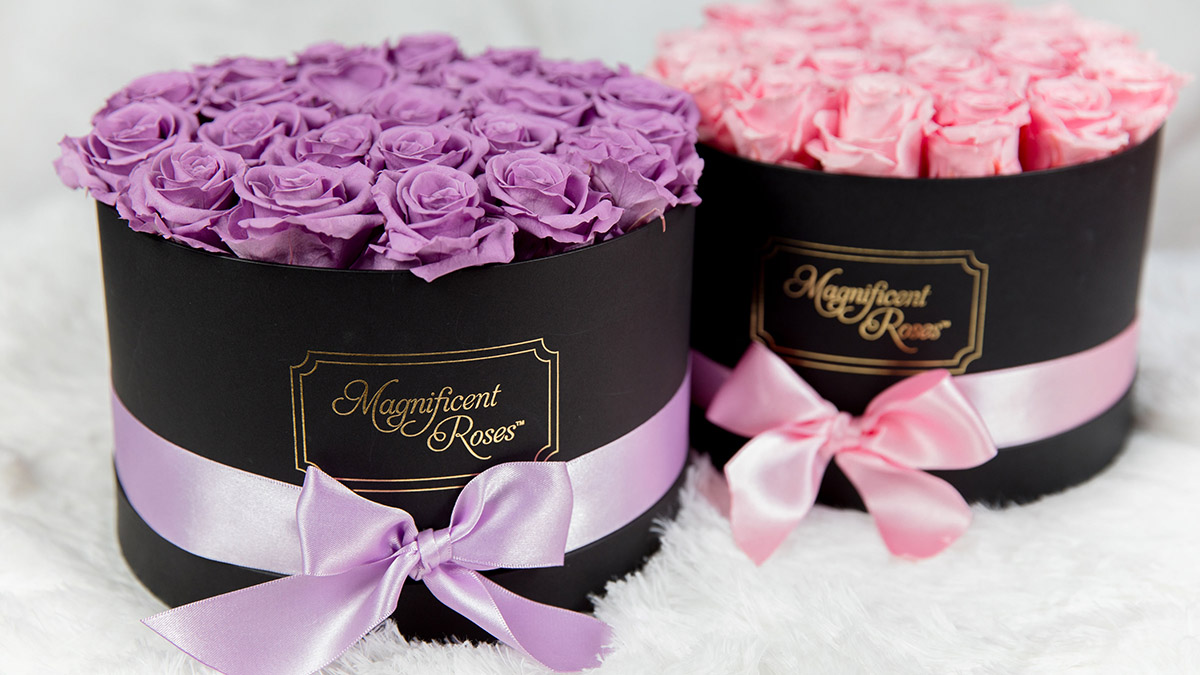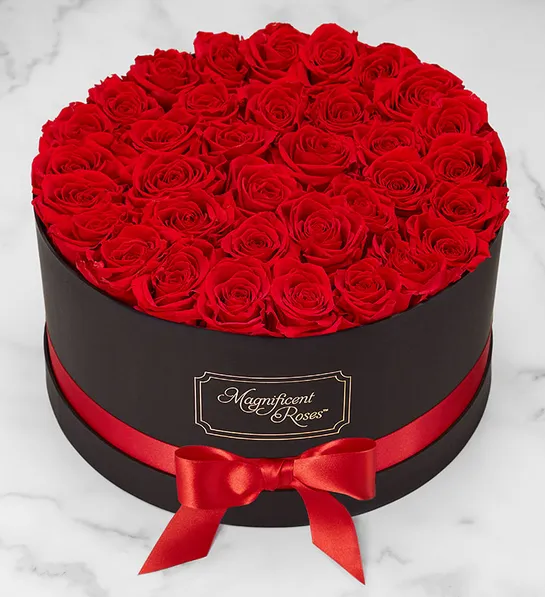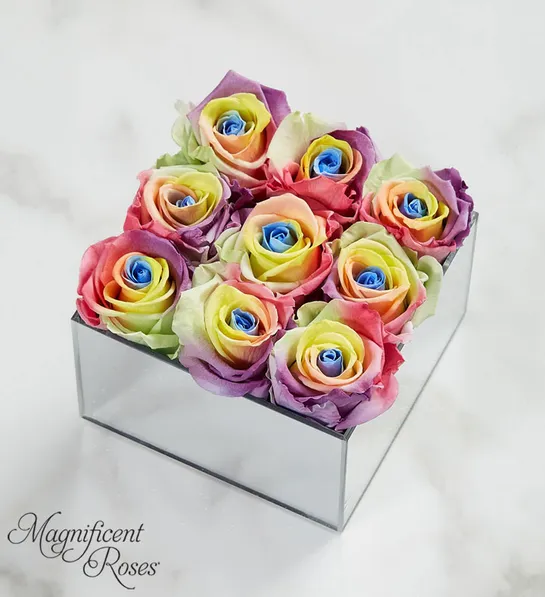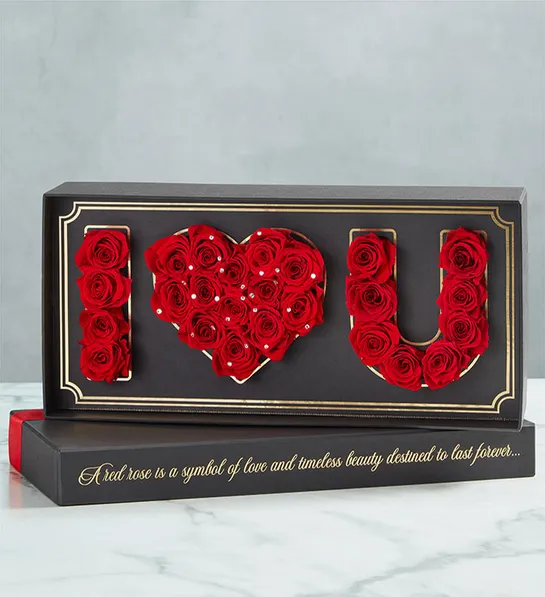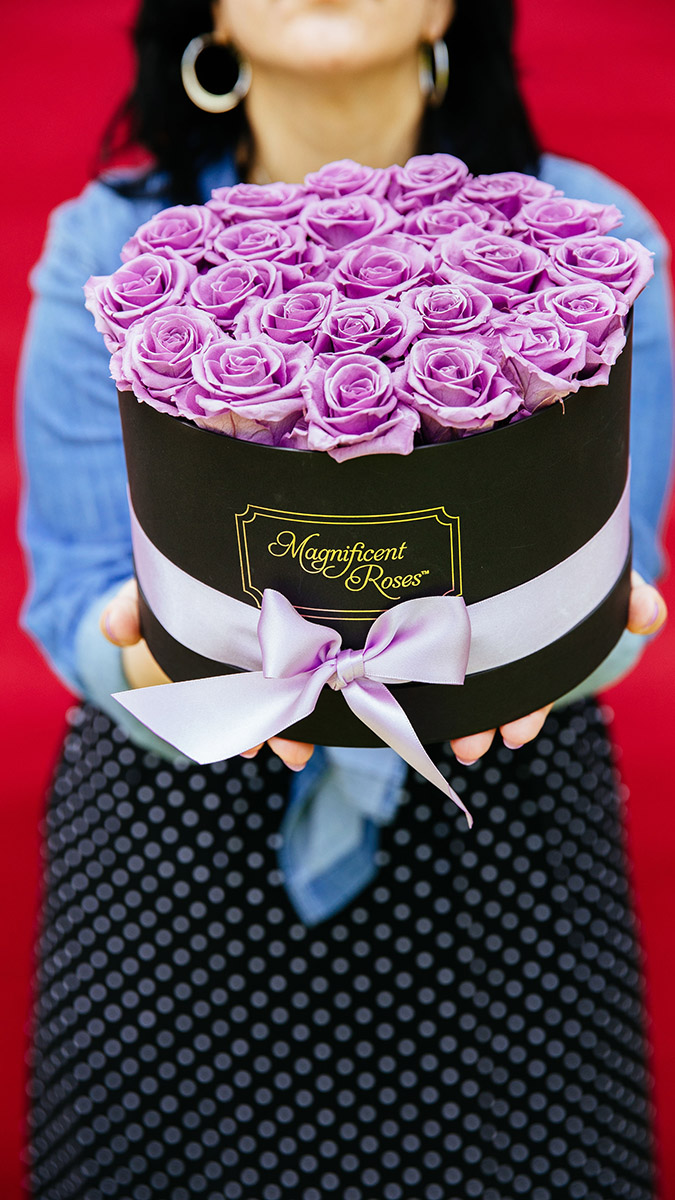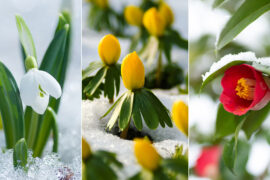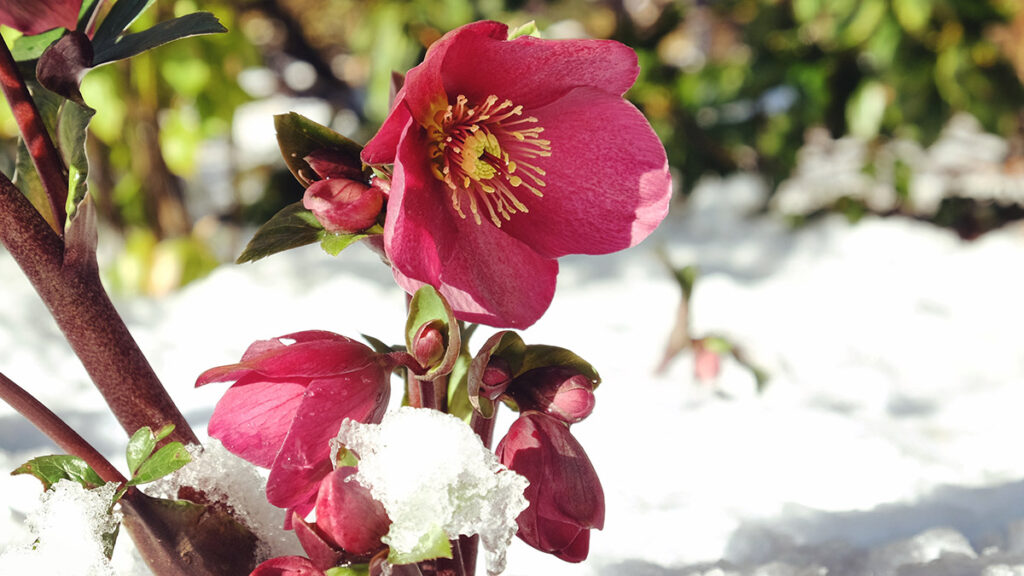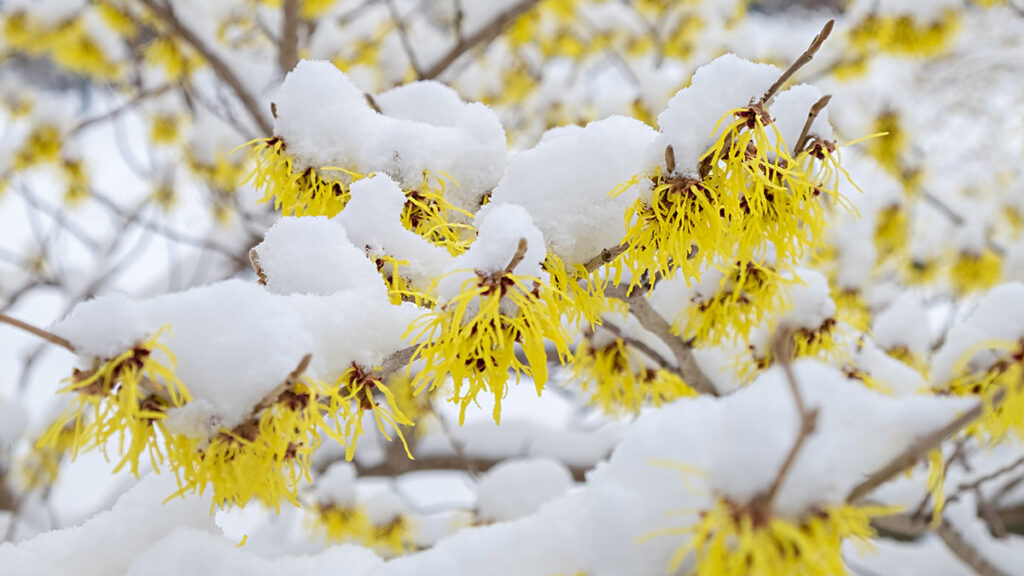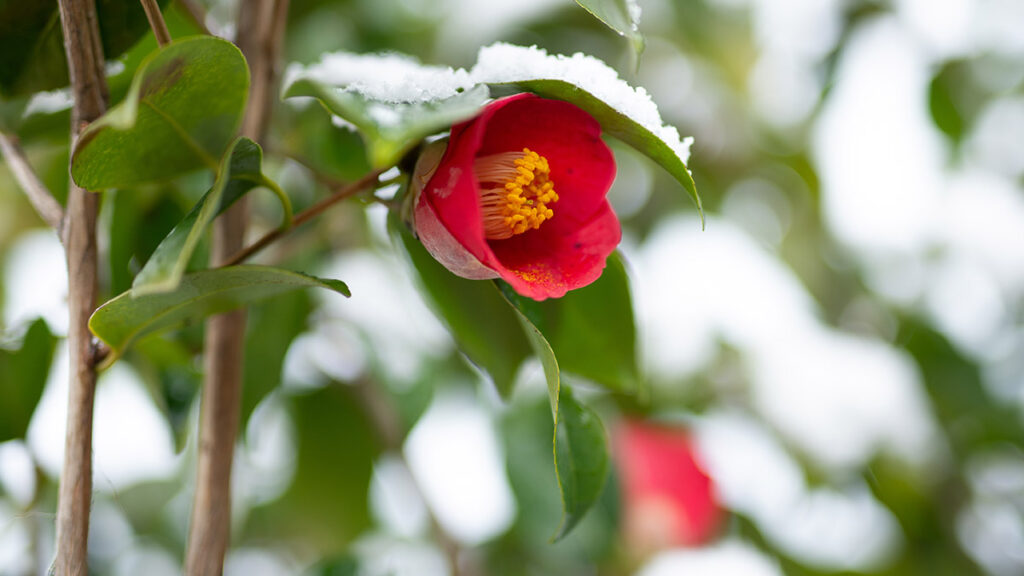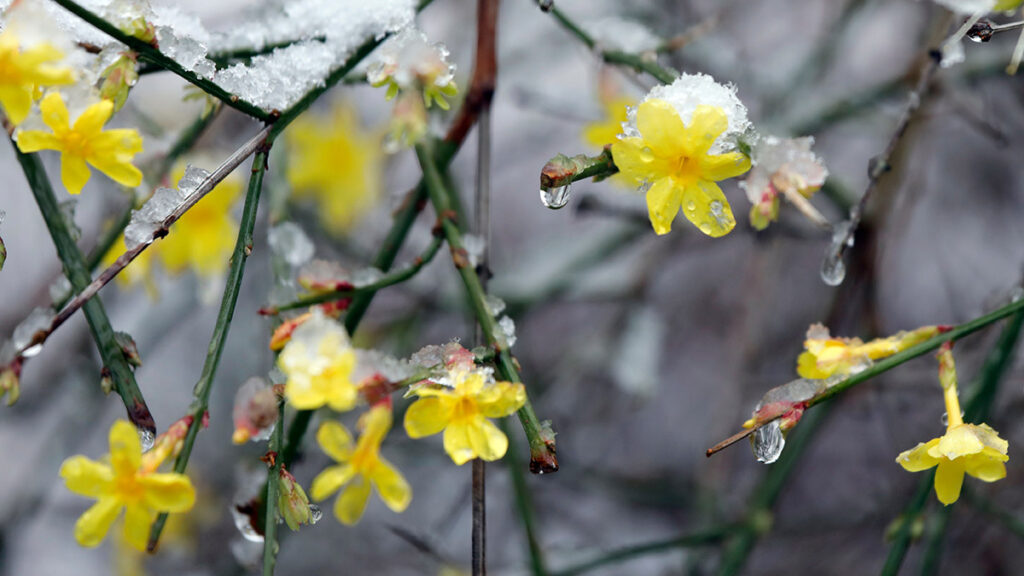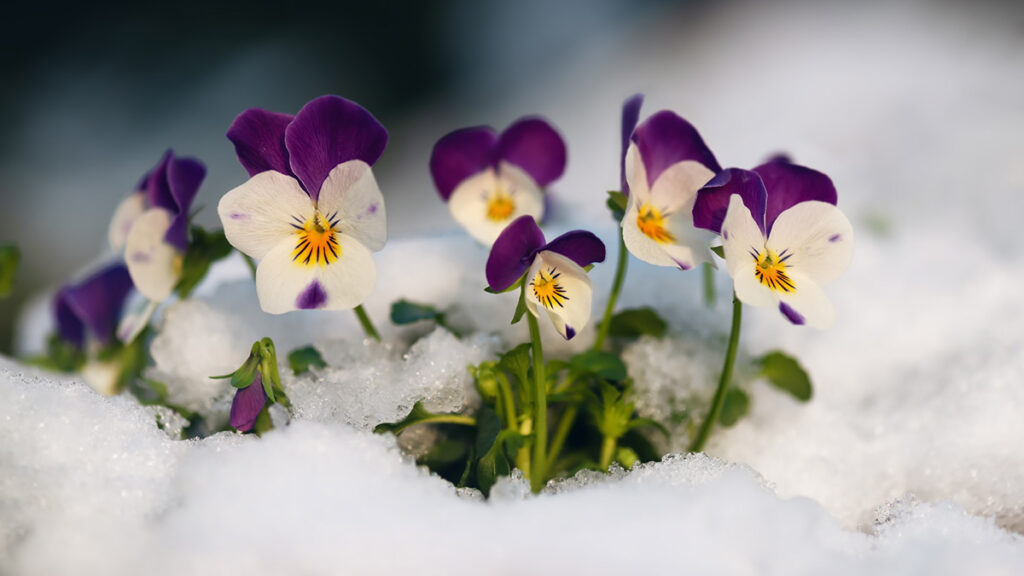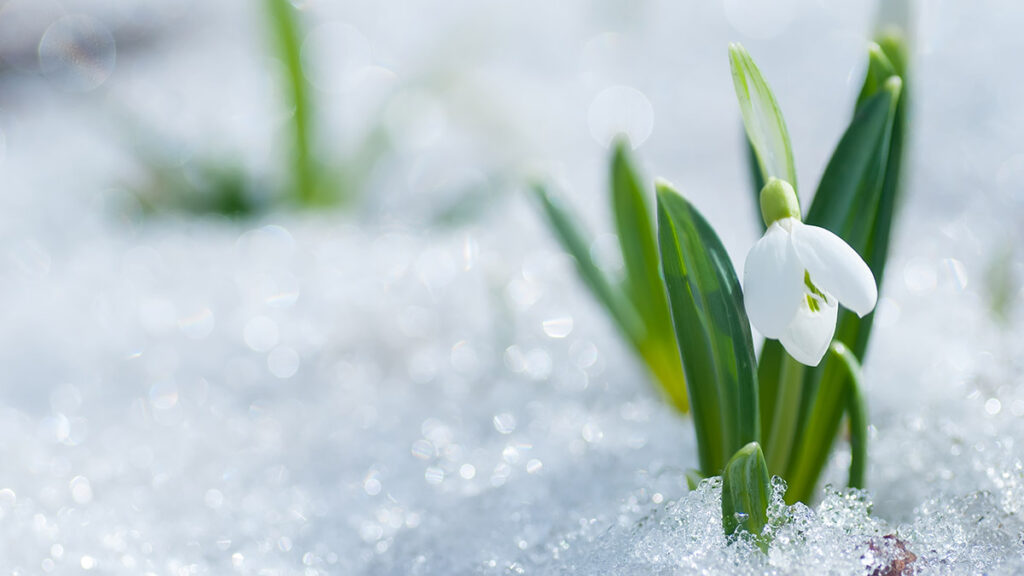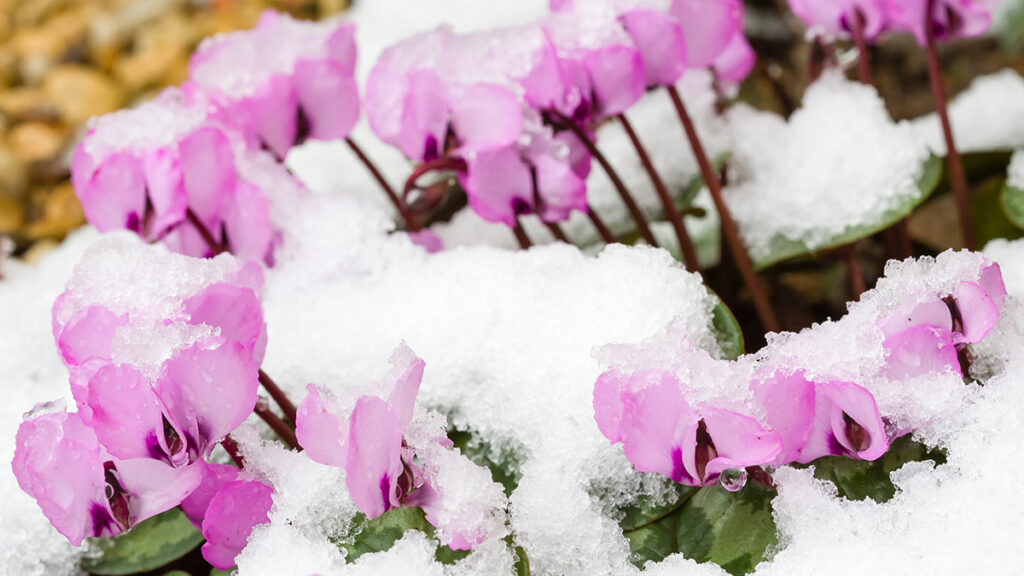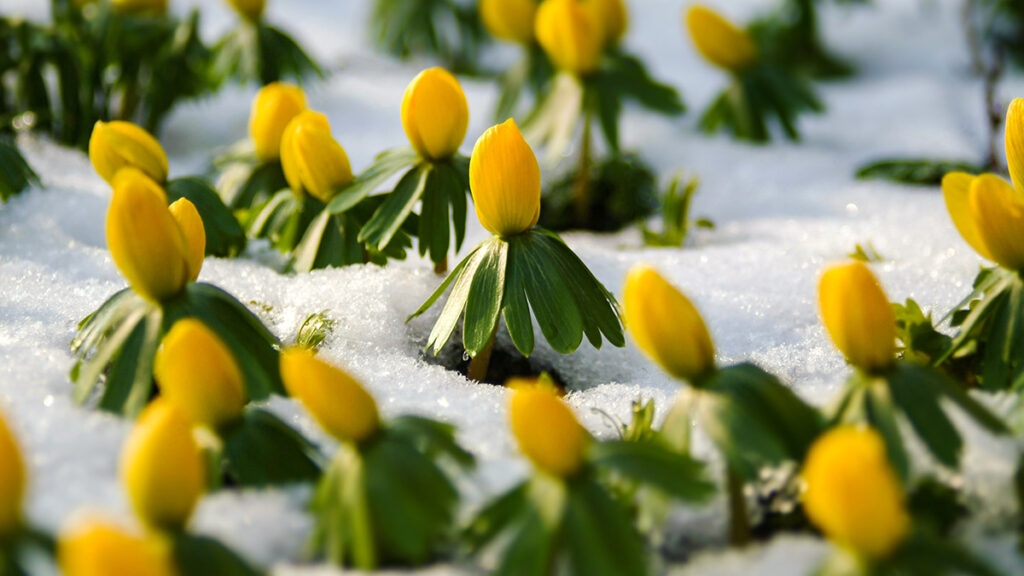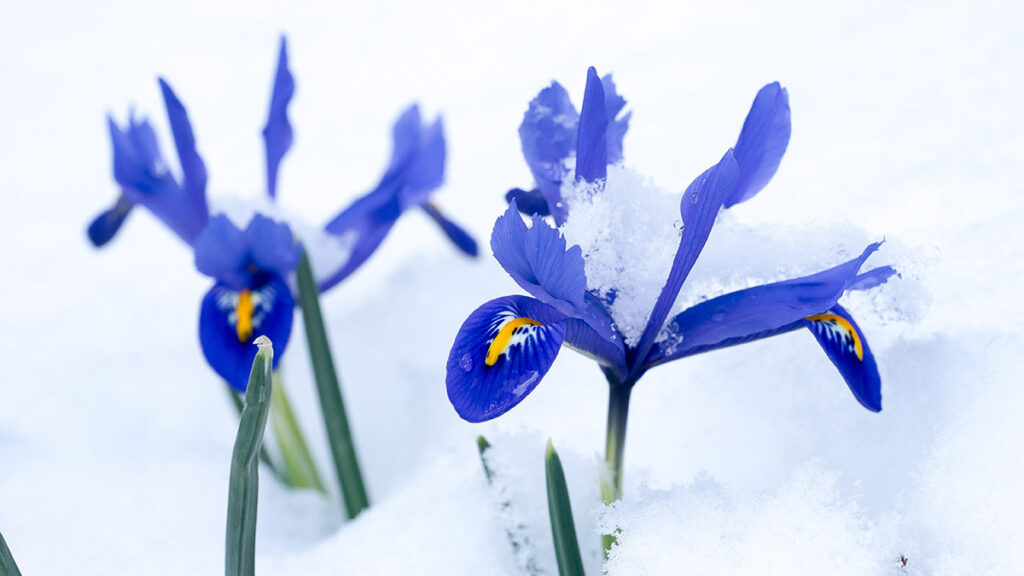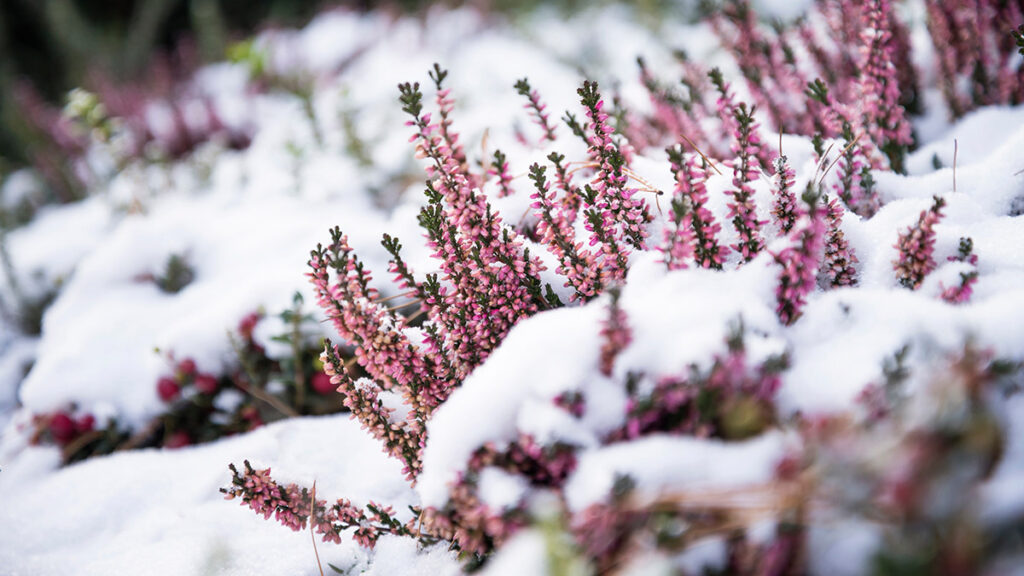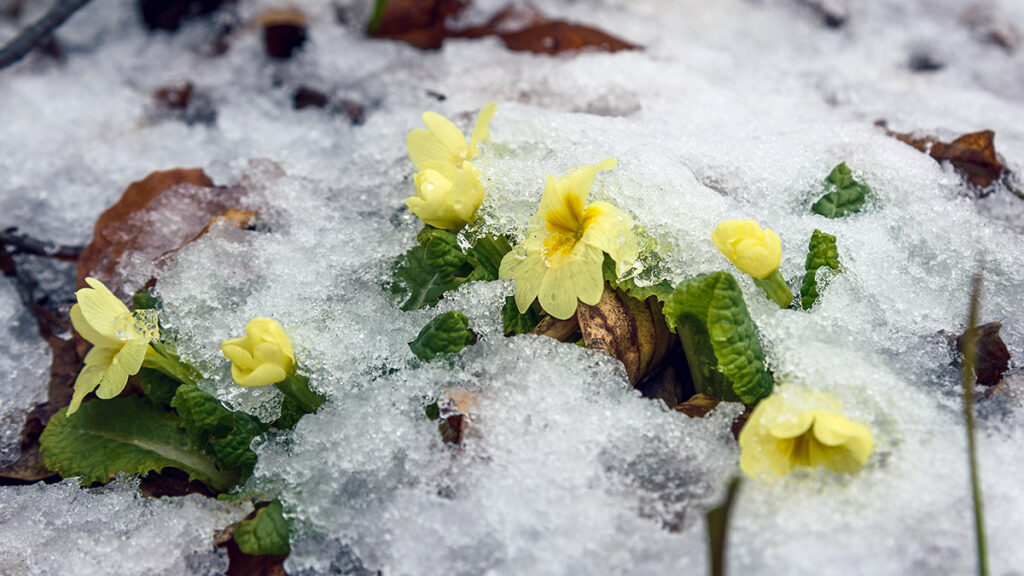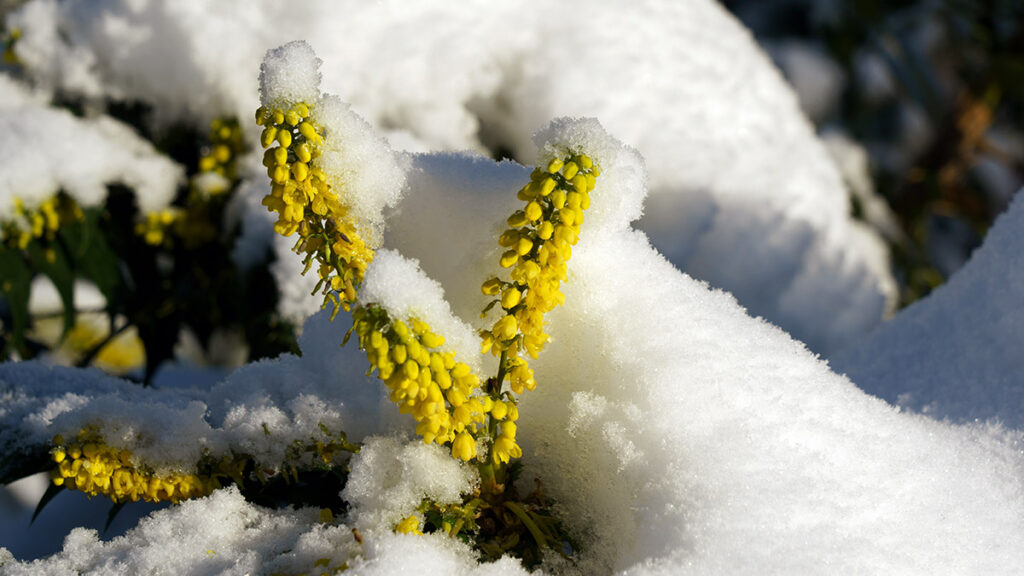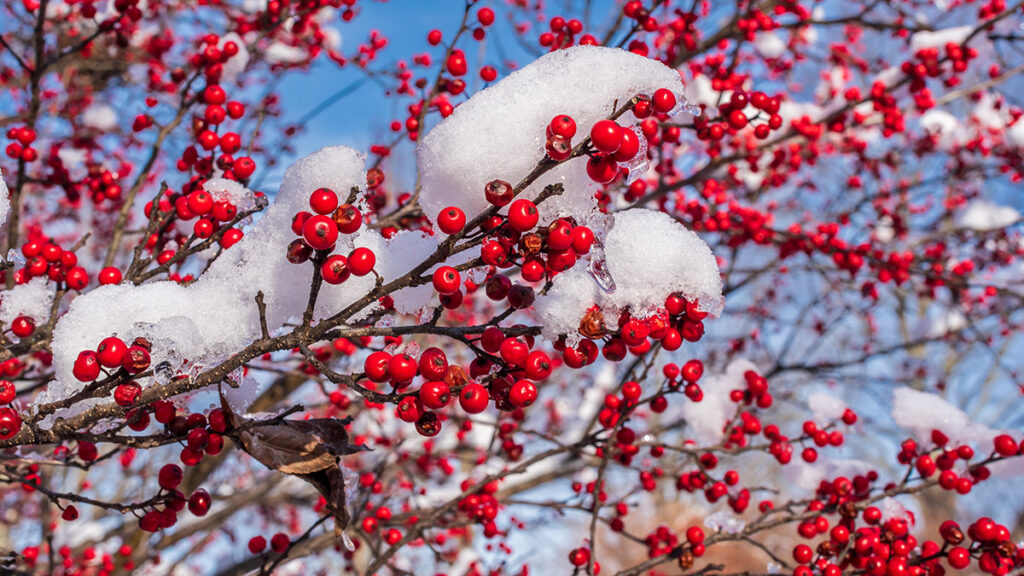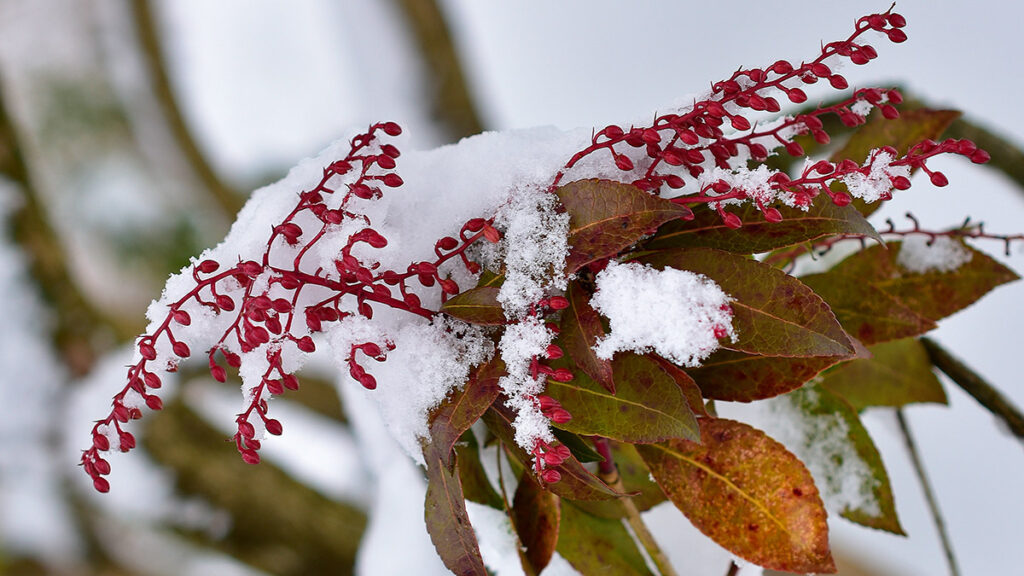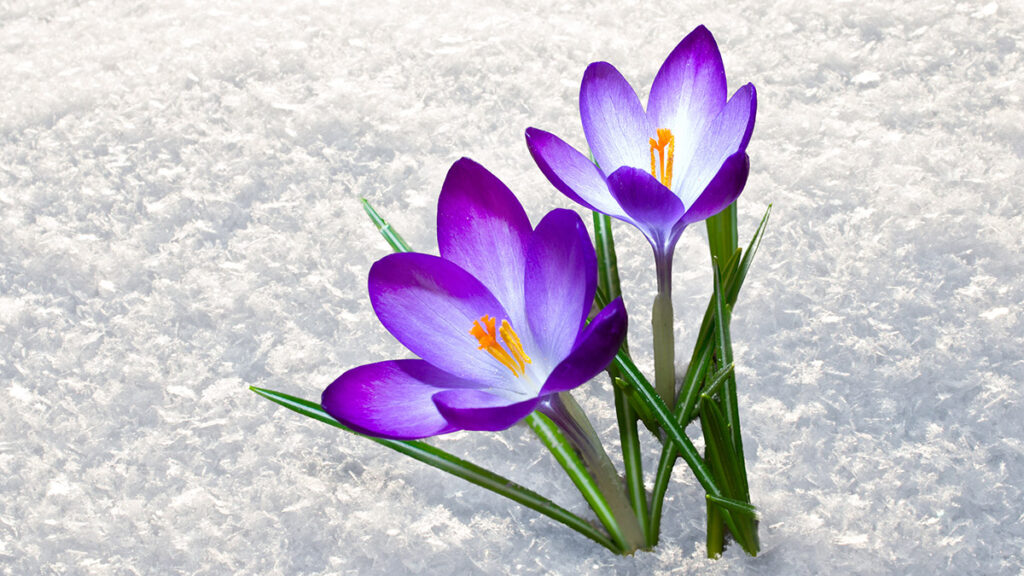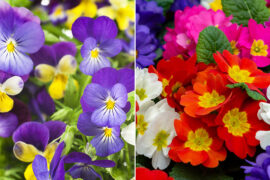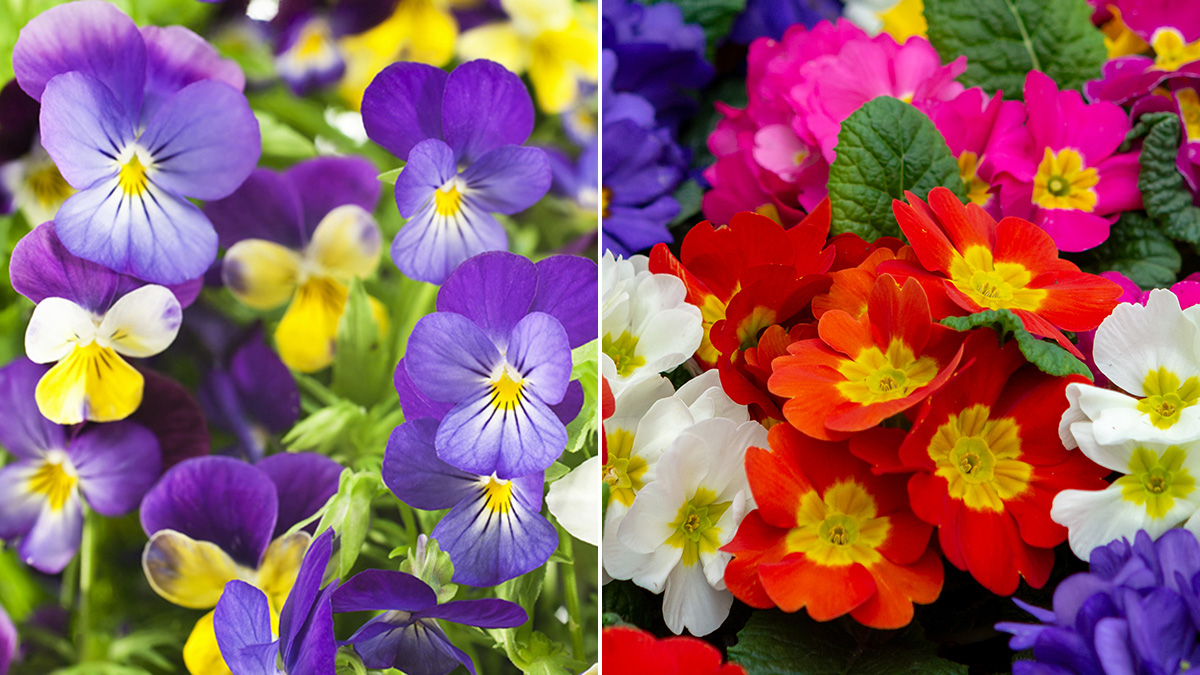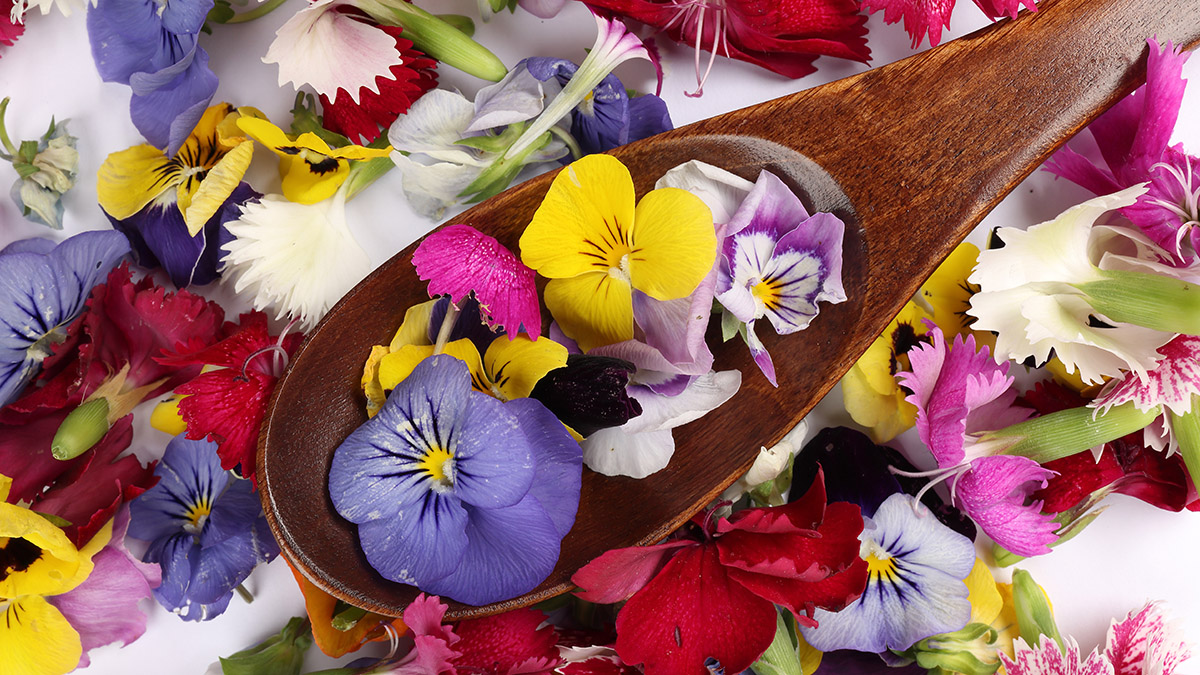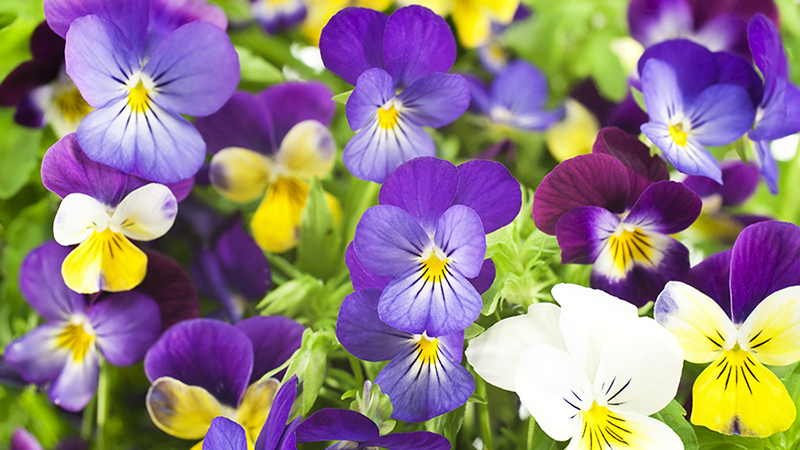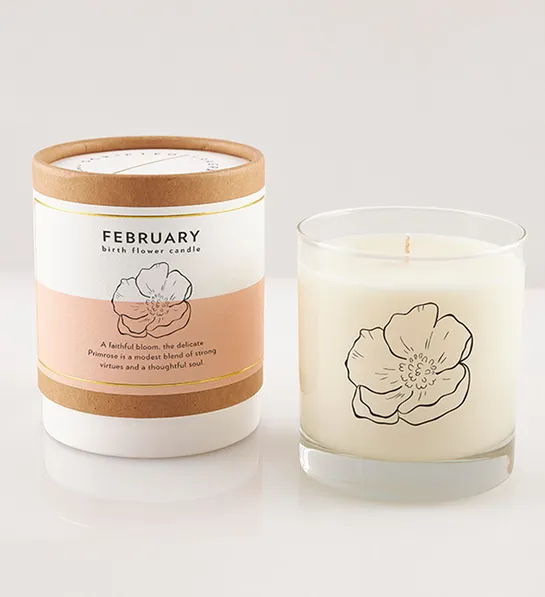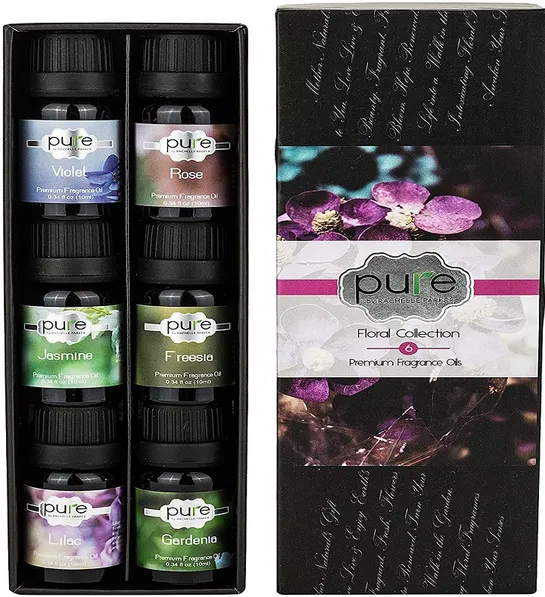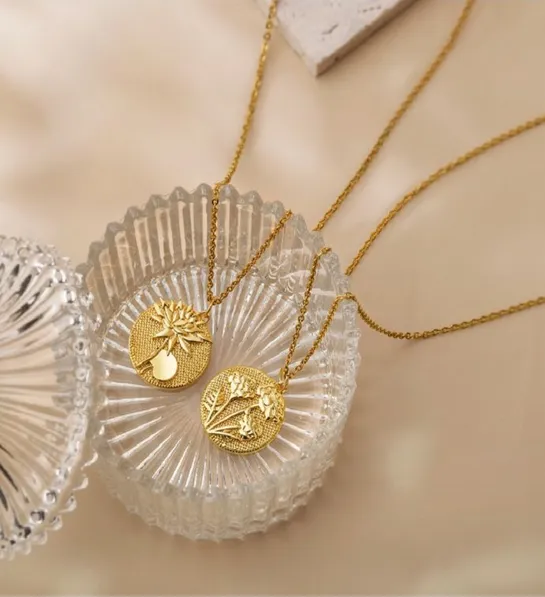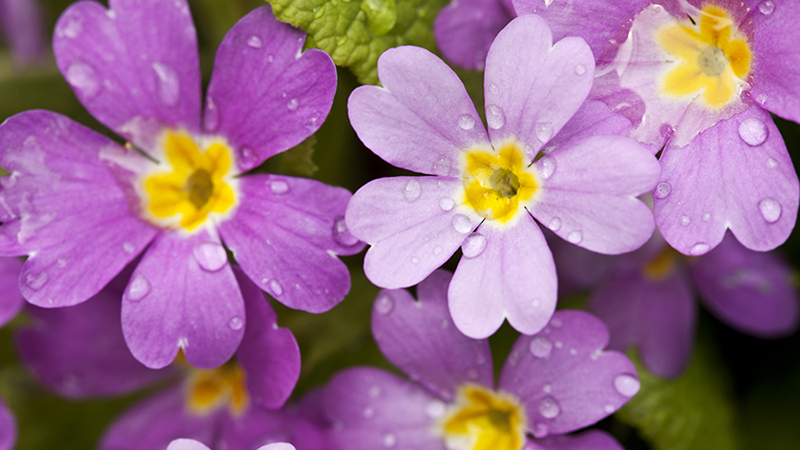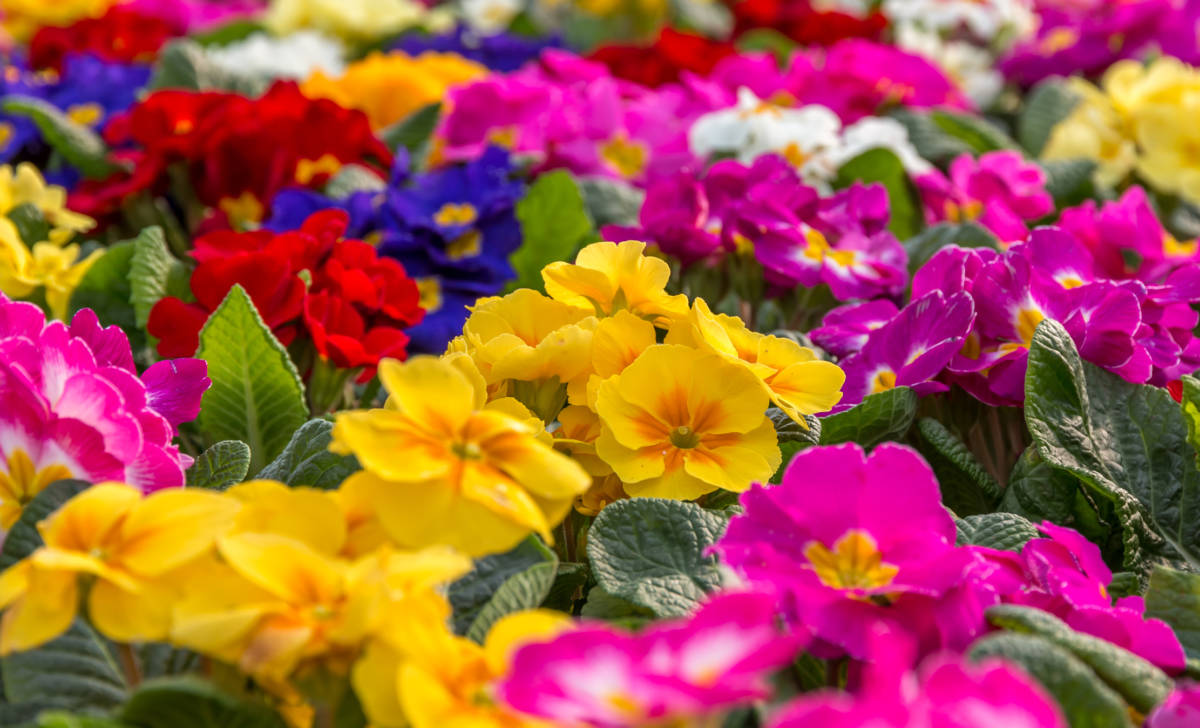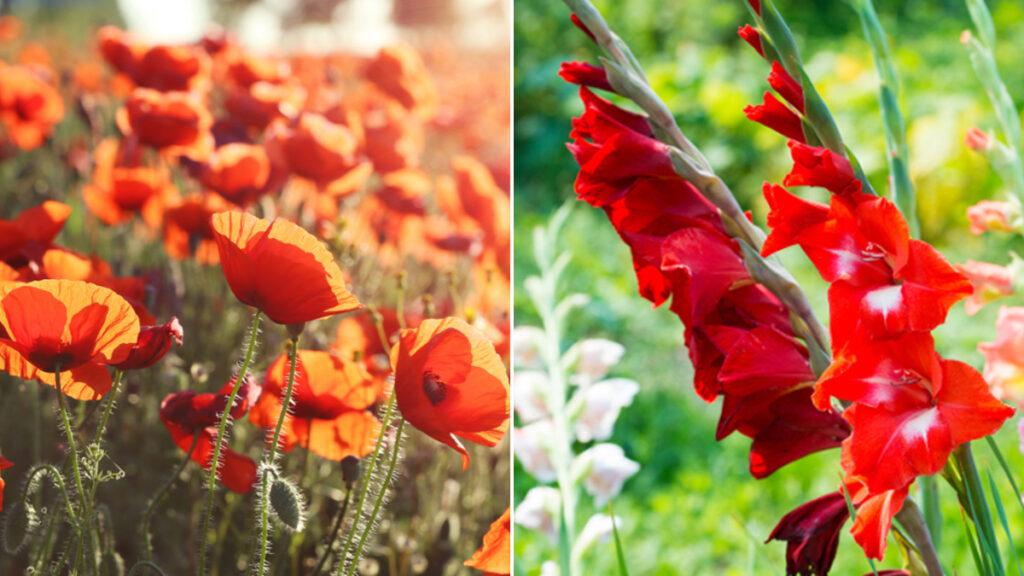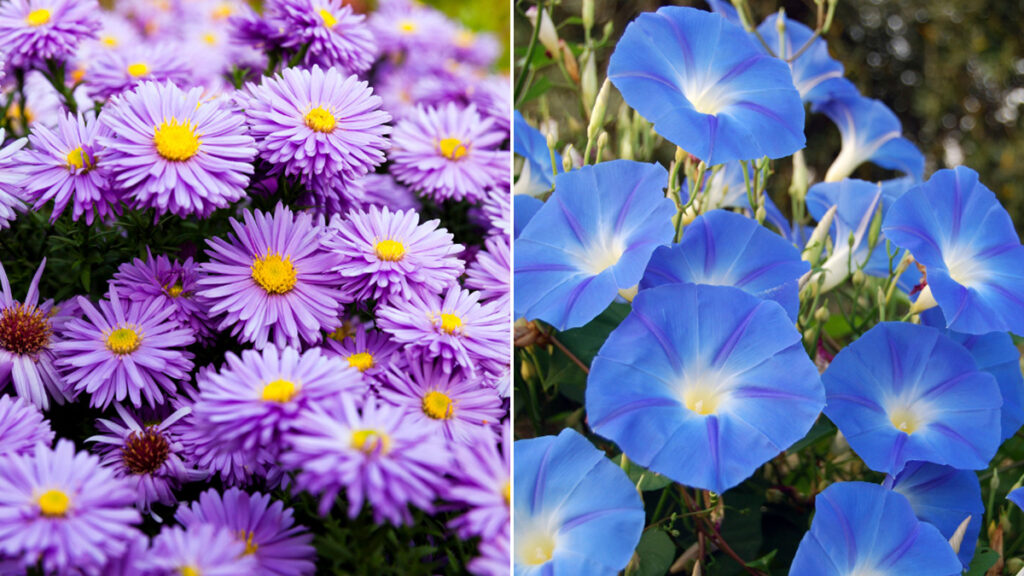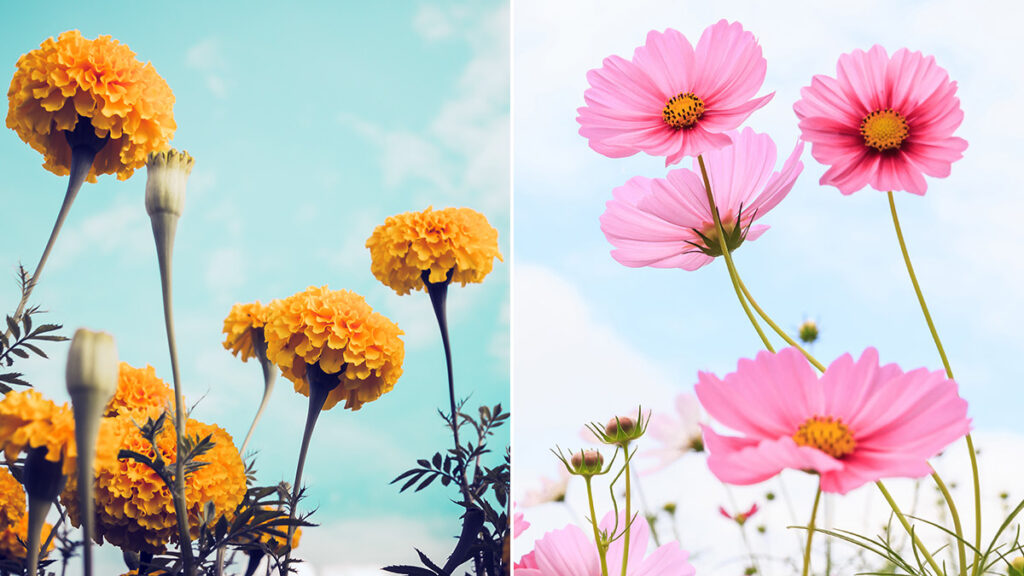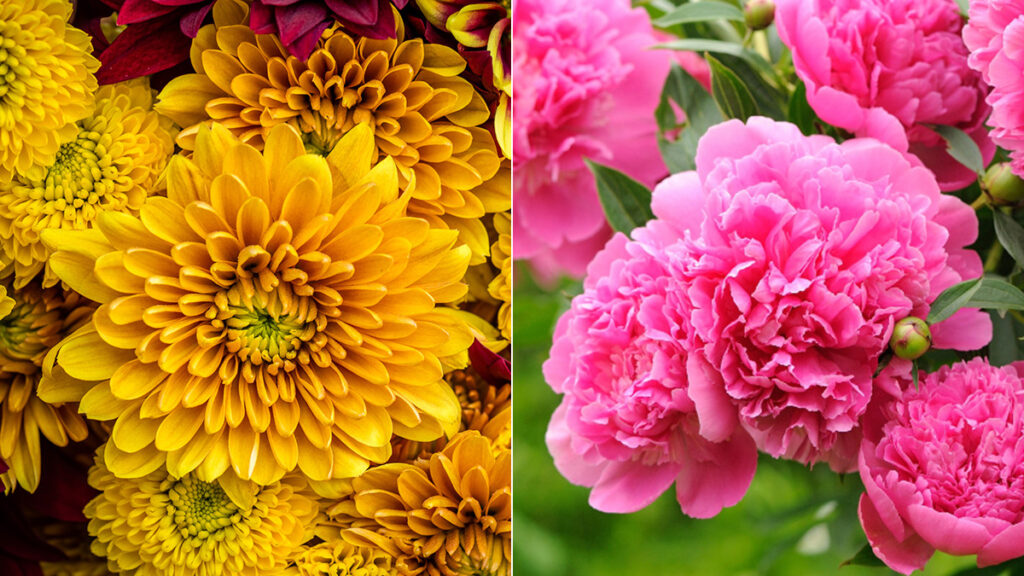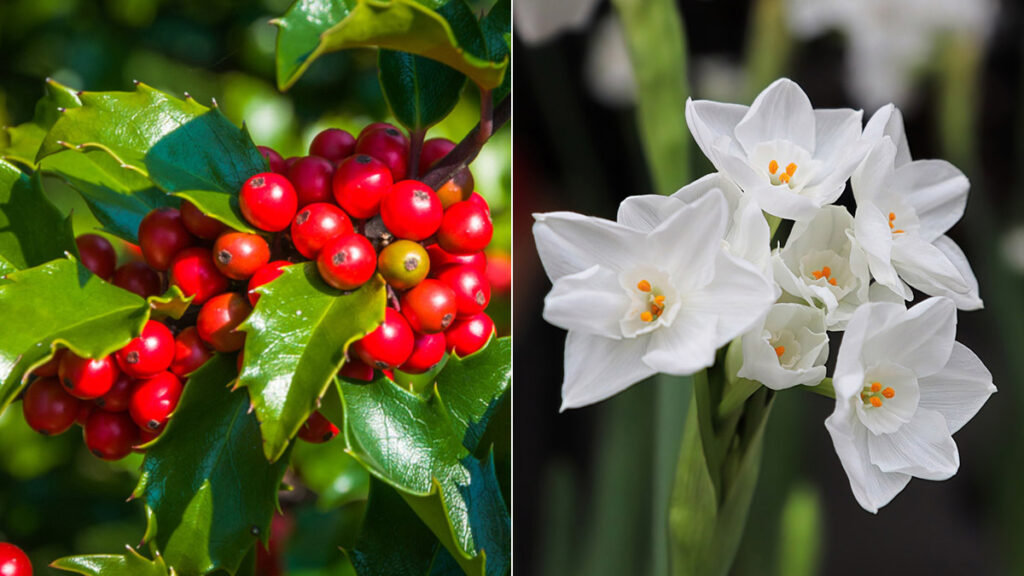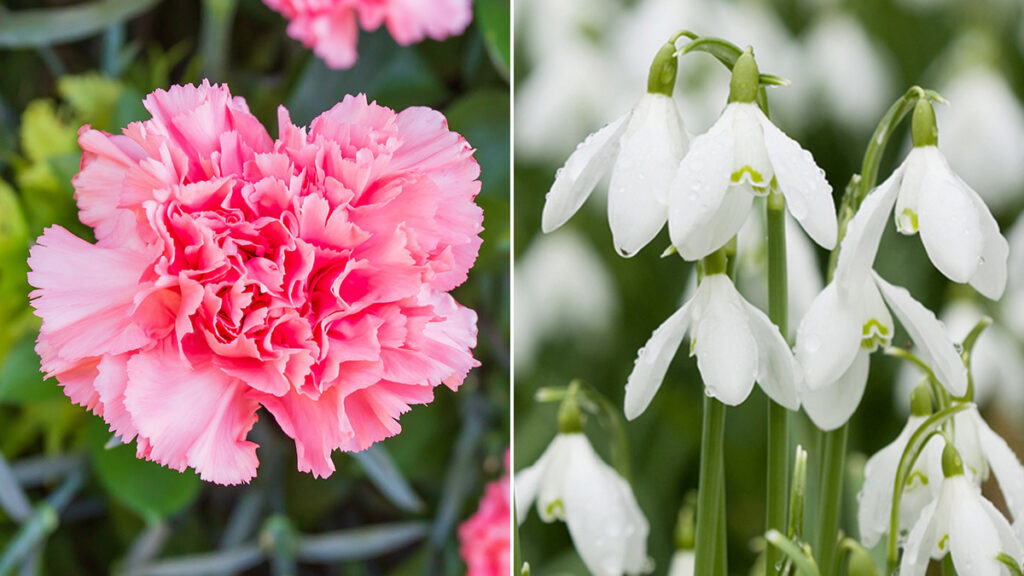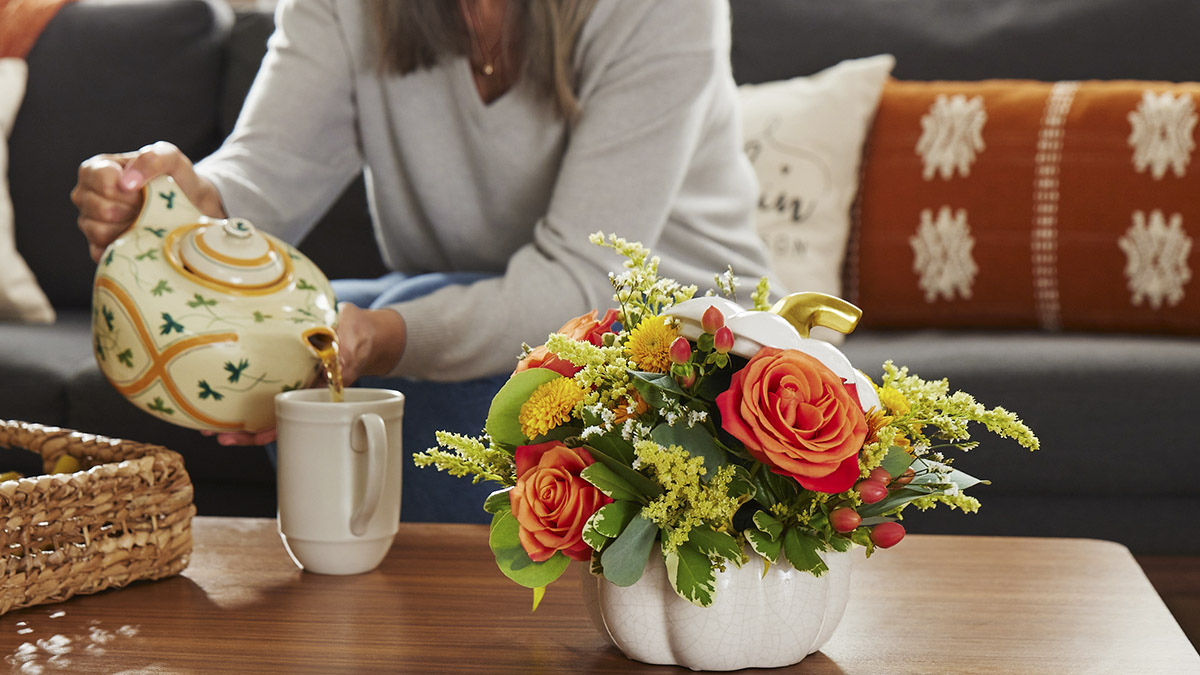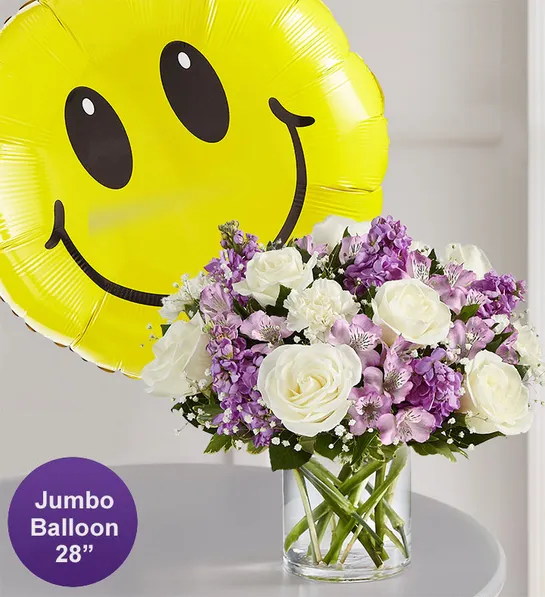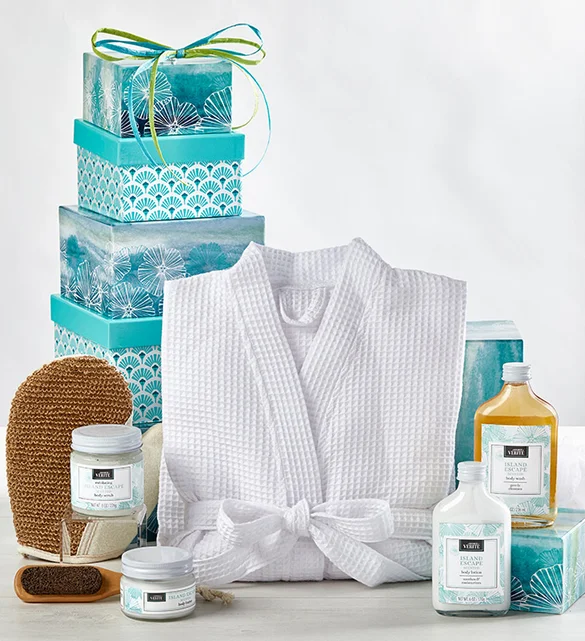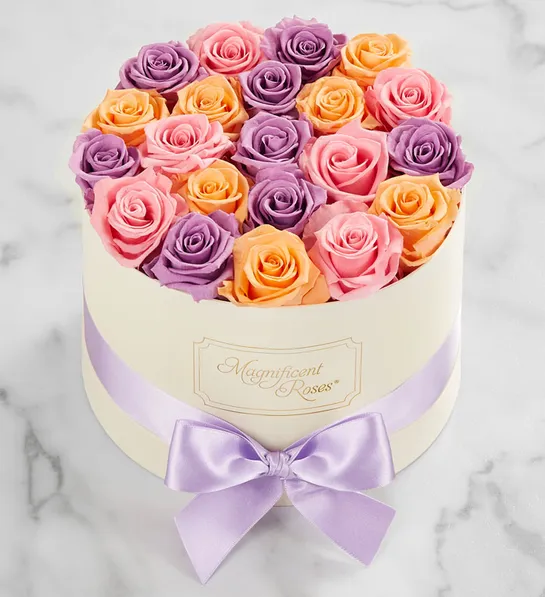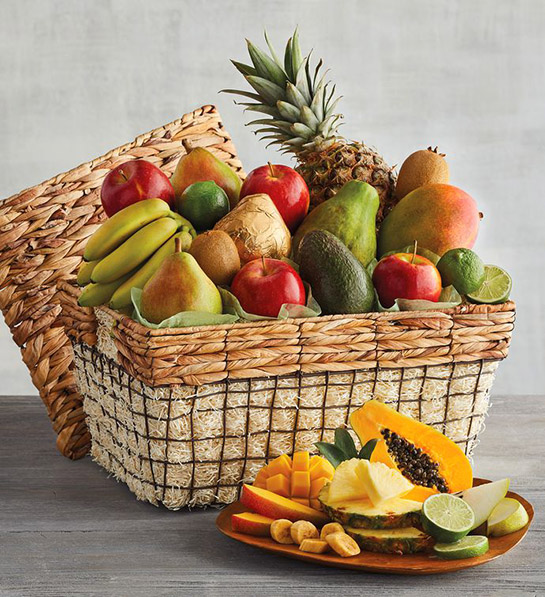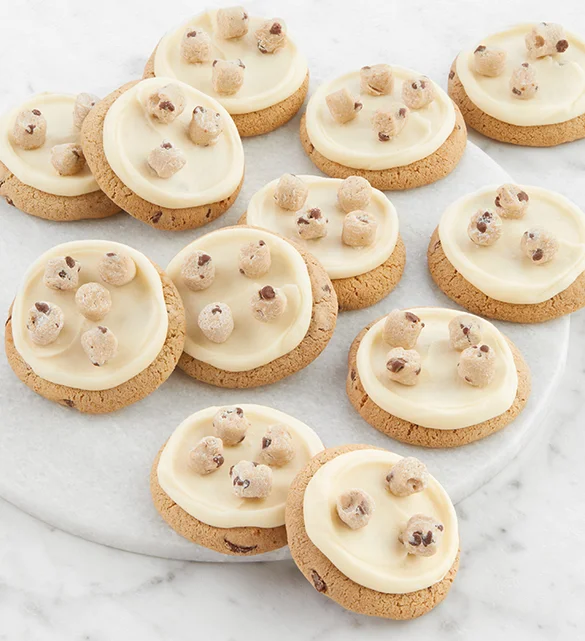Written by our Founder and CEO, the Celebrations Pulse letters aim to engage with our community. By welcoming your ideas and sharing your stories, we want to help you strengthen your relationships with the most important people in your life.
As I write this letter and sneak a peek out my window, I see it’s very rainy, very windy, and overall, very dreary. The days are short, the nights are long, and the calendar says the first day of spring is still two months away. Sixty-five days, to be exact.
With holiday celebrations behind us and spring so far away, it’s not hard to understand why millions of Americans experience fatigue, social withdrawal, and depression this time of year. It’s called the winter blues or, in more severe cases, Seasonal Affective Disorder (SAD).
The gloom outside permeates our minds and affects our mental well-being. Scientists believe it’s triggered by decreased exposure to sunlight, which can disrupt circadian rhythms and affect the production of certain neurotransmitters like serotonin.
While we can’t control the sun or the weather, experts say we can take steps to counteract the effects of the winter blues. It just requires us to be mindful of what Mother Nature is doing to our bodies and using our power to stay connected and active even when it’s gray outside.
Brightening winter days
When we feel sad, it can have a domino effect on our mental and physical health, and we must be careful not to let ourselves go down the slippery slope of depression. There are ways for us to lessen the severity of the winter blues.
I combat the winter blues in a myriad of ways. I make it a point to send 10 notes to people I haven’t heard from in a while. I fine-tune my New Year’s resolutions, clean up my social list, and start making plans for spring and summer. I also listen to a lot of music, read a new book, and spend time with my seven grandchildren.
Our Connectivity Council was eager to offer advice. My friend Dr. George Everly, a psychologist at Johns Hopkins School of Medicine, says the simplest strategy is to find a way to get outside for at least 30 minutes a day.
Take a short walk outside, eat breakfast or lunch in front of a window. Going to a pool, yoga studio, or health club may be hard, so start by walking or taking an online class for just 30 minutes a few times a week. Then increase activity each week. And watch what you eat and curtail comfort foods that are usually high in sugar which can lead to gaining weight.
He also recommends avoiding alcohol and drugs, focusing on the positive aspects of life, and letting your family and friends know that you’re feeling down so that they can help you. And, of course, consult a medical professional if you’re feeling anxious or overwhelmed.
Another member of the Connectivity Council, Dr. Chloe Carmichael, suggests splurging on a personal training package at the gym, a massage, or private meditation or cooking lessons. “Turn the sense of pressure over a new year into a sense of opportunity for a fresh start,” says Dr. Chloe, a clinical psychologist and author of Nervous Energy: Harness the Power of Your Anxiety.
She also recommends extra sleep. “All of the emotions, relationship dynamics, and even spiritual significance through the holidays can create a natural need for a bit of winter slumber/hibernation to process all the activities of the past holiday.”
Dr. Everly suggests an often-recommended tactic that might help you feel a bit more joyful.
Winter is a great time to reach out to others through a phone call, email, or video. By staying in touch with important people in your life, it can ease the isolation we feel during the winter months.
And make plans with them to physically see one another in spring.
A season not for all of us
Even if you love winter and everything that comes along with it, there are probably people in your life who don’t feel the same way. They may reach out to you, as Dr. Everly suggests. But if they don’t, use your power to make a difference.
How? Reach out to them and share the joy you feel for the winter season. Just say you’re checking in and wanted to see what they’re up to. Schedule a time to meet and enjoy the season together. Since it is cold, why not meet for coffee, tea, or my favorite, hot cocoa? (Don’t forget the whipped cream!)
Keep in mind that SAD, which impacts approximately 10 million Americans (women are four times more likely to be diagnosed with it than men), and the winter blues are temporary. In just 65 days, we will be celebrating the arrival of spring. In the meantime, having the right mindset and seeking ways to be more active and connected might help make January, February, and the first half of March seem like a summer breeze!
All the best,
Jim

